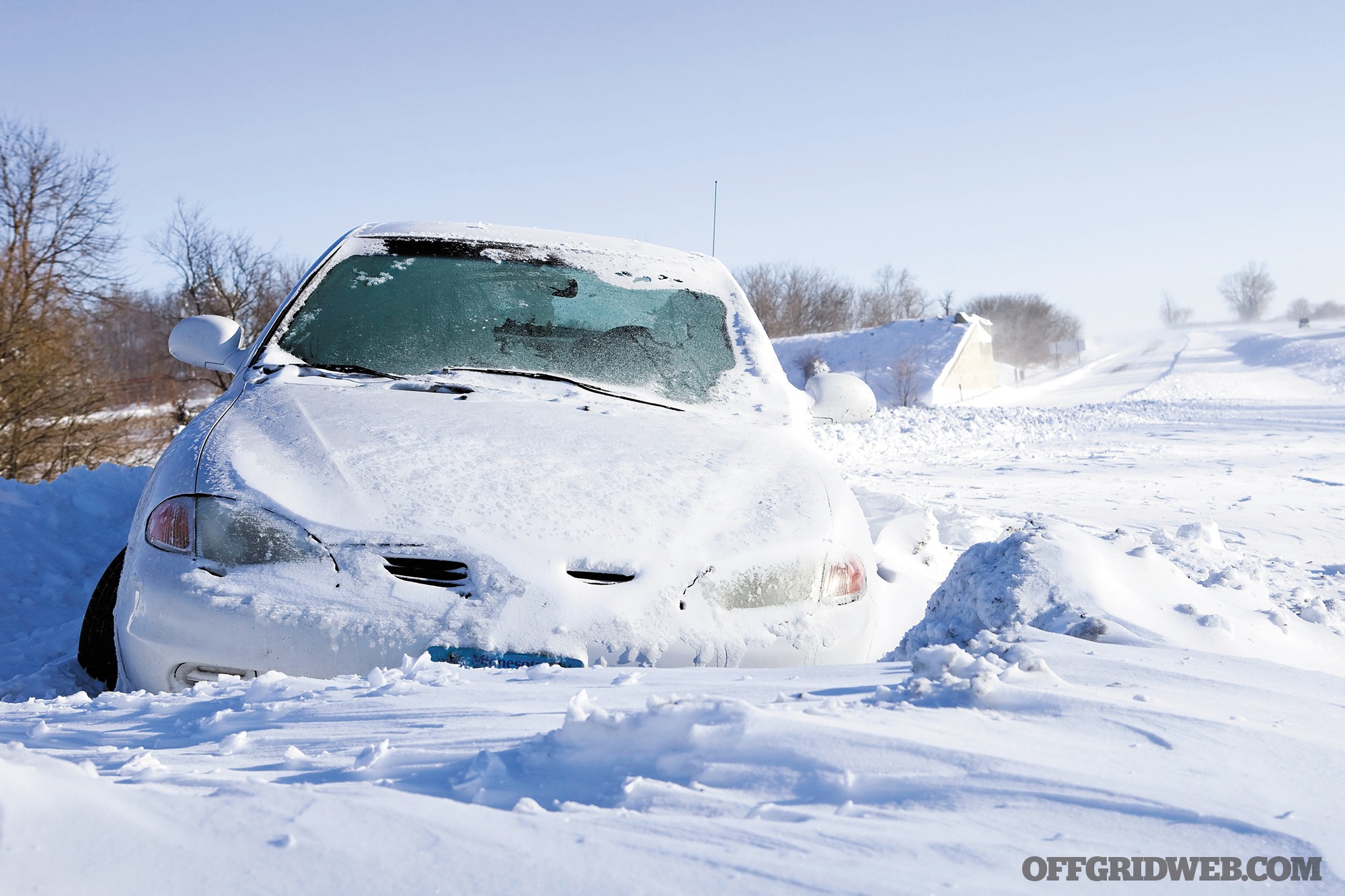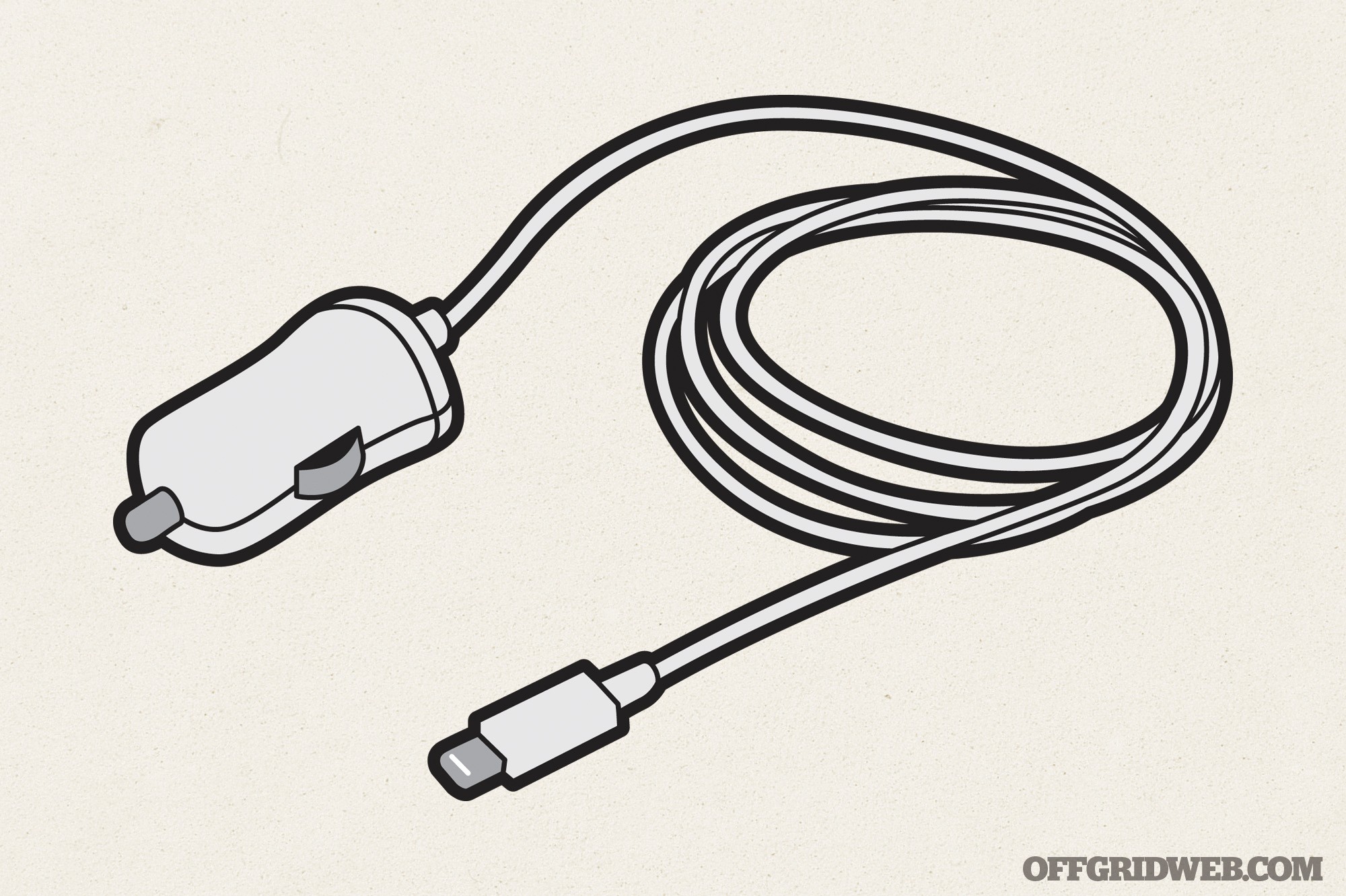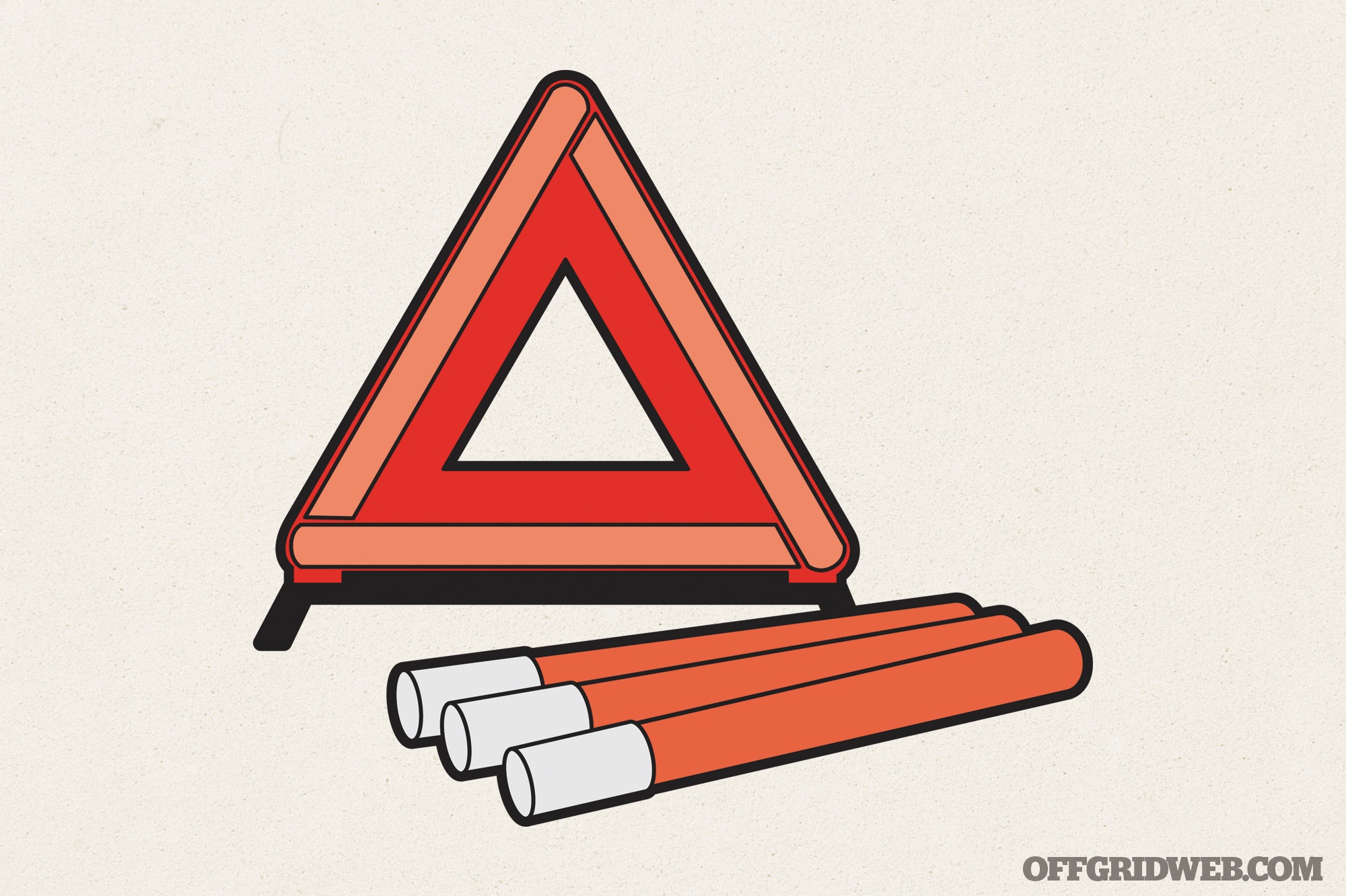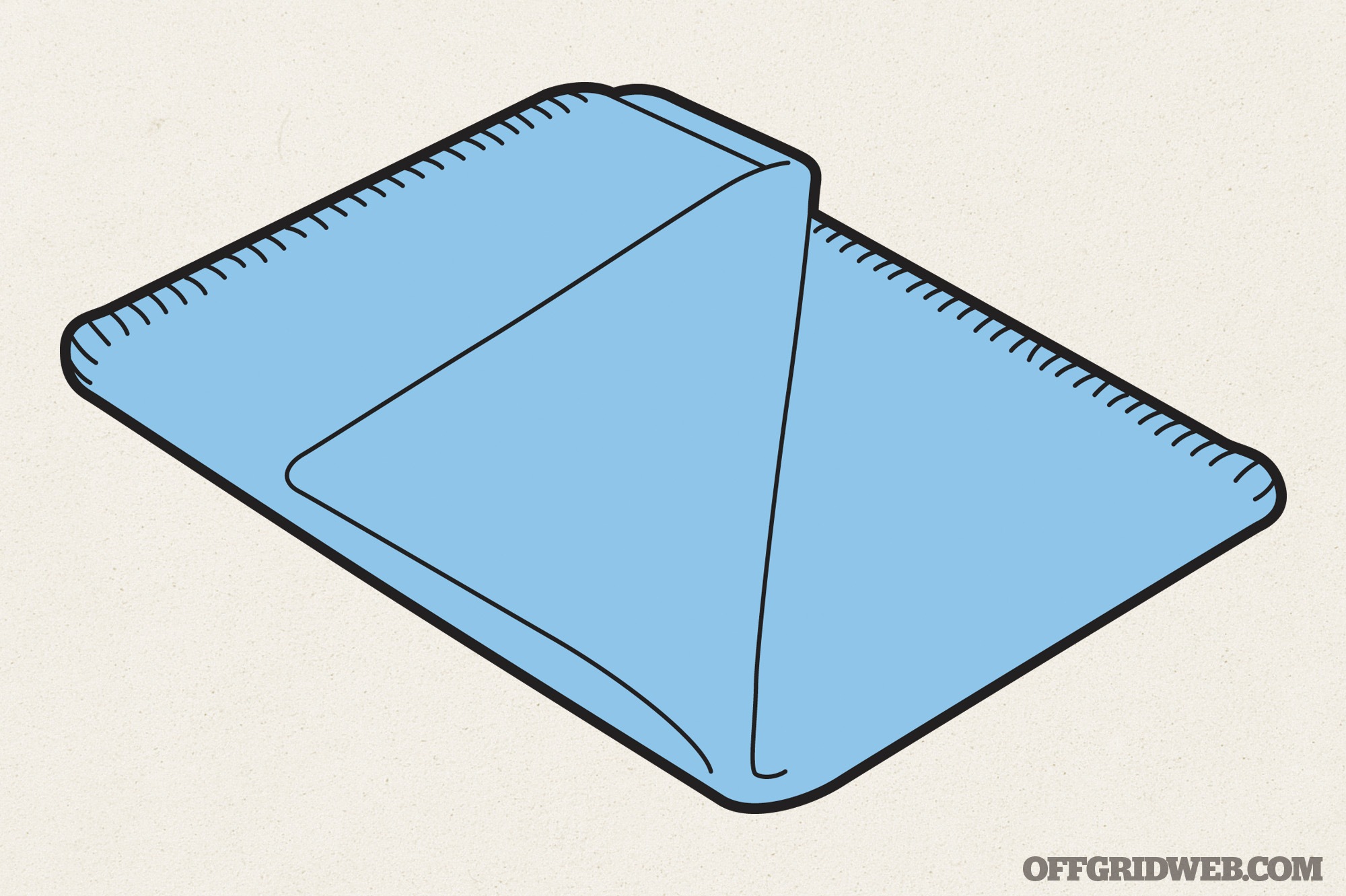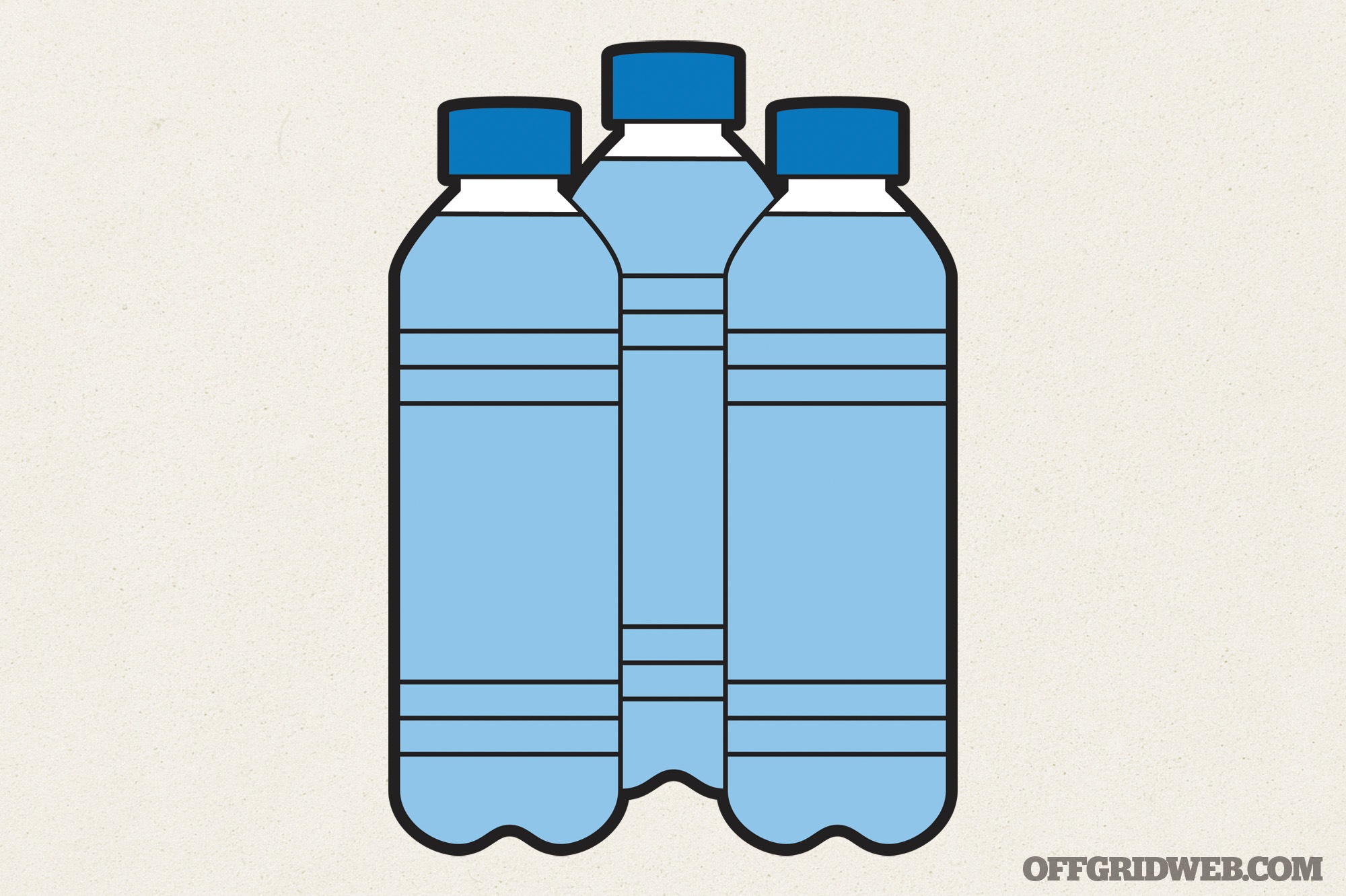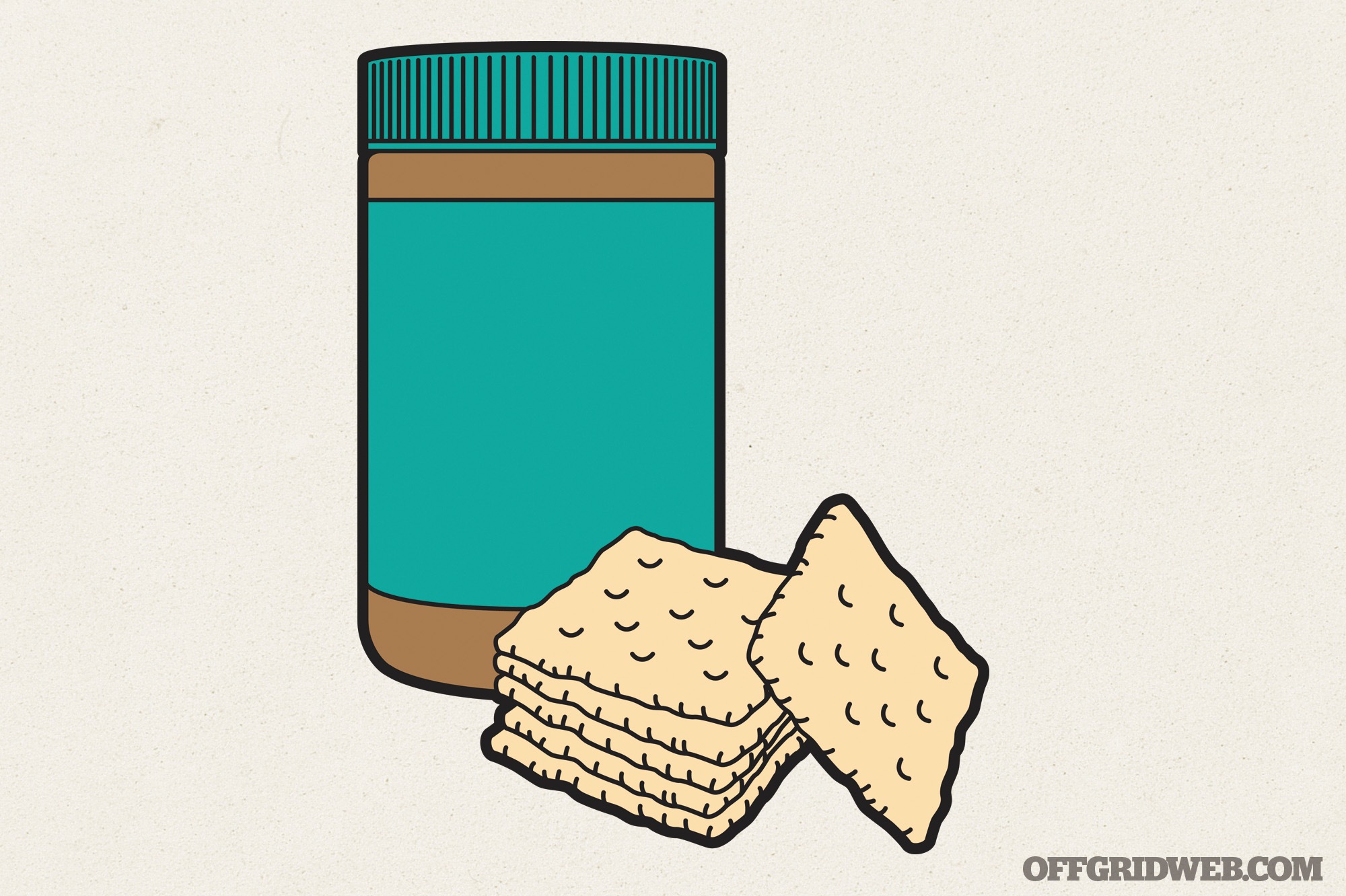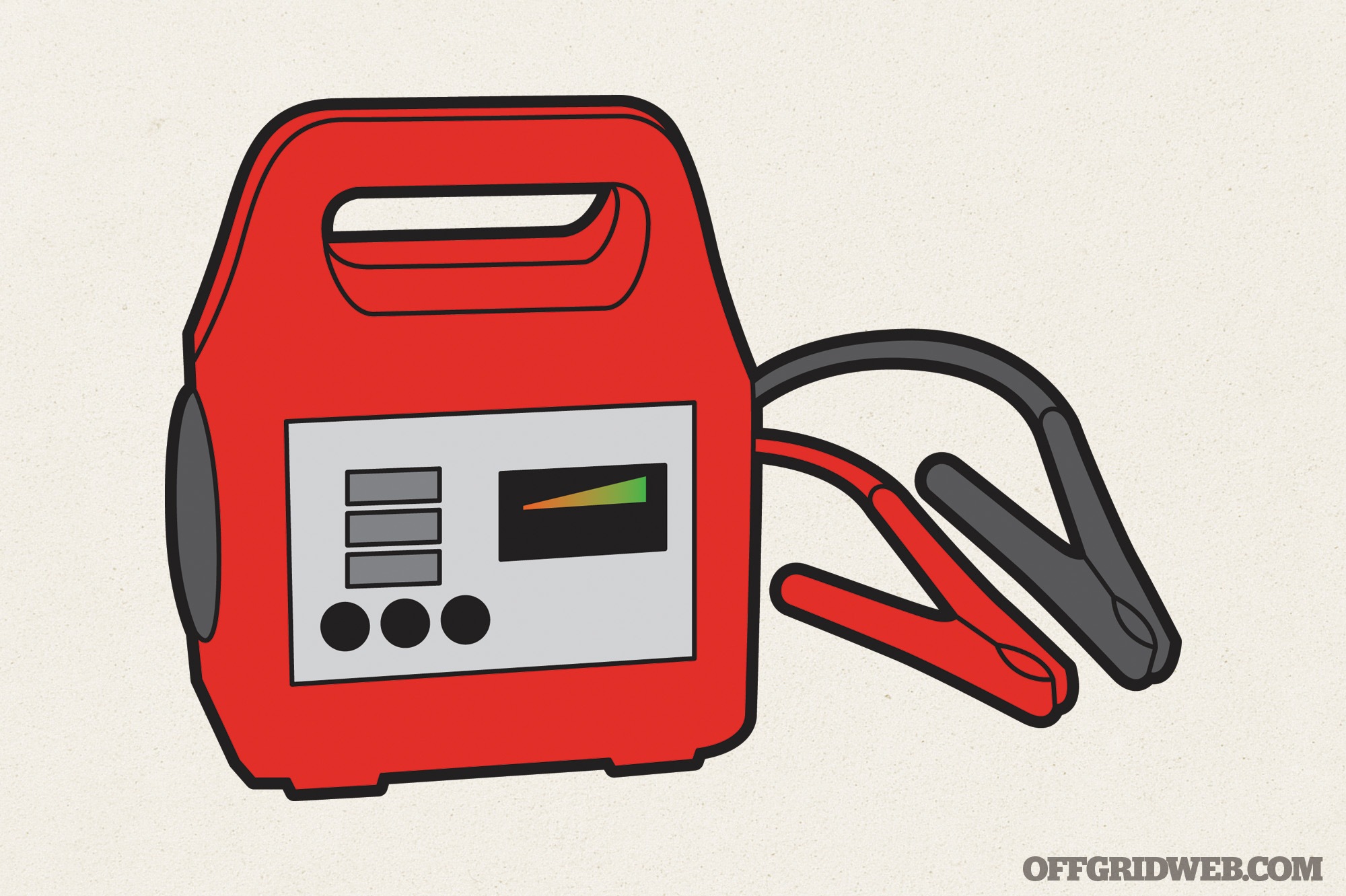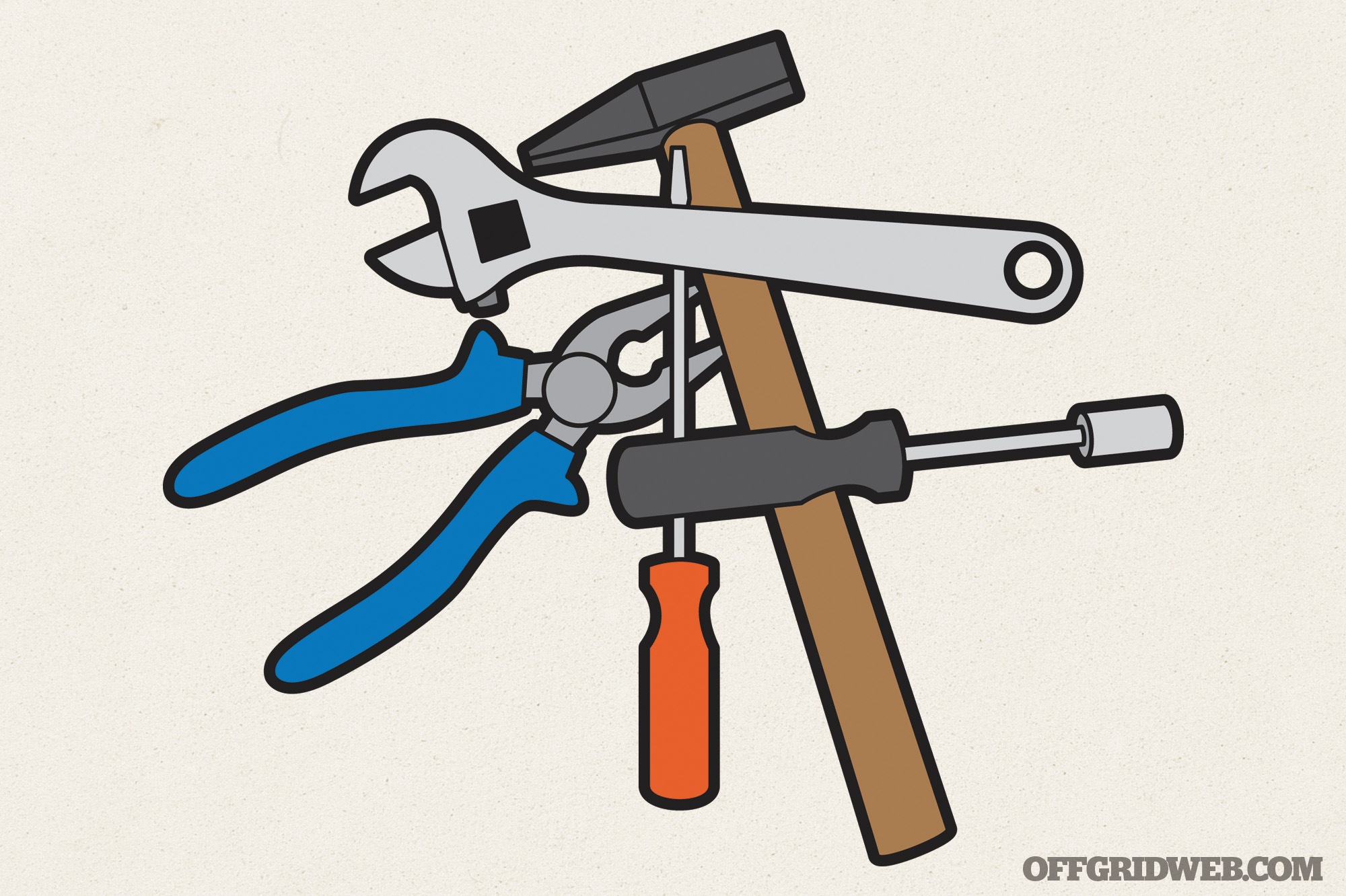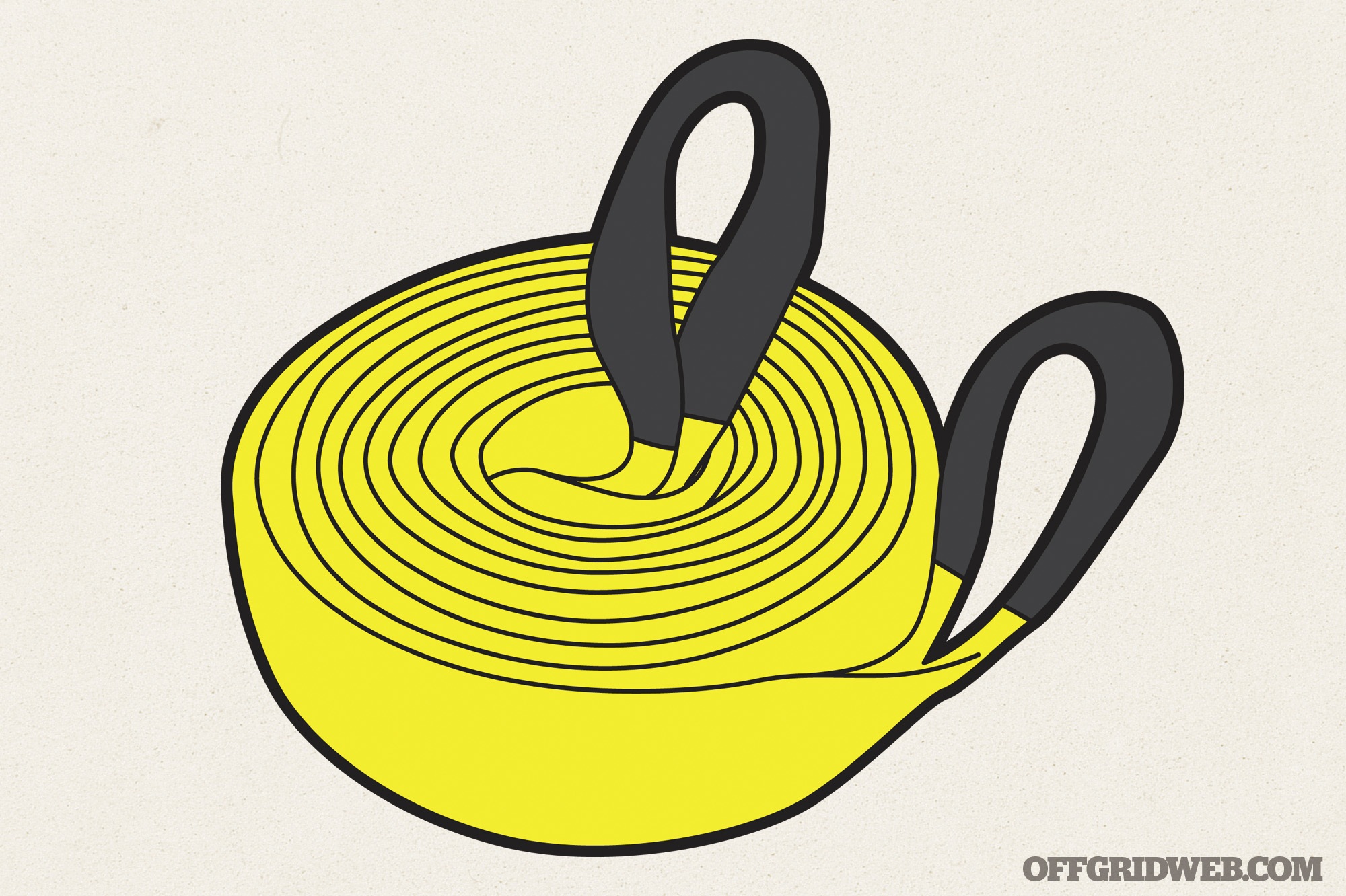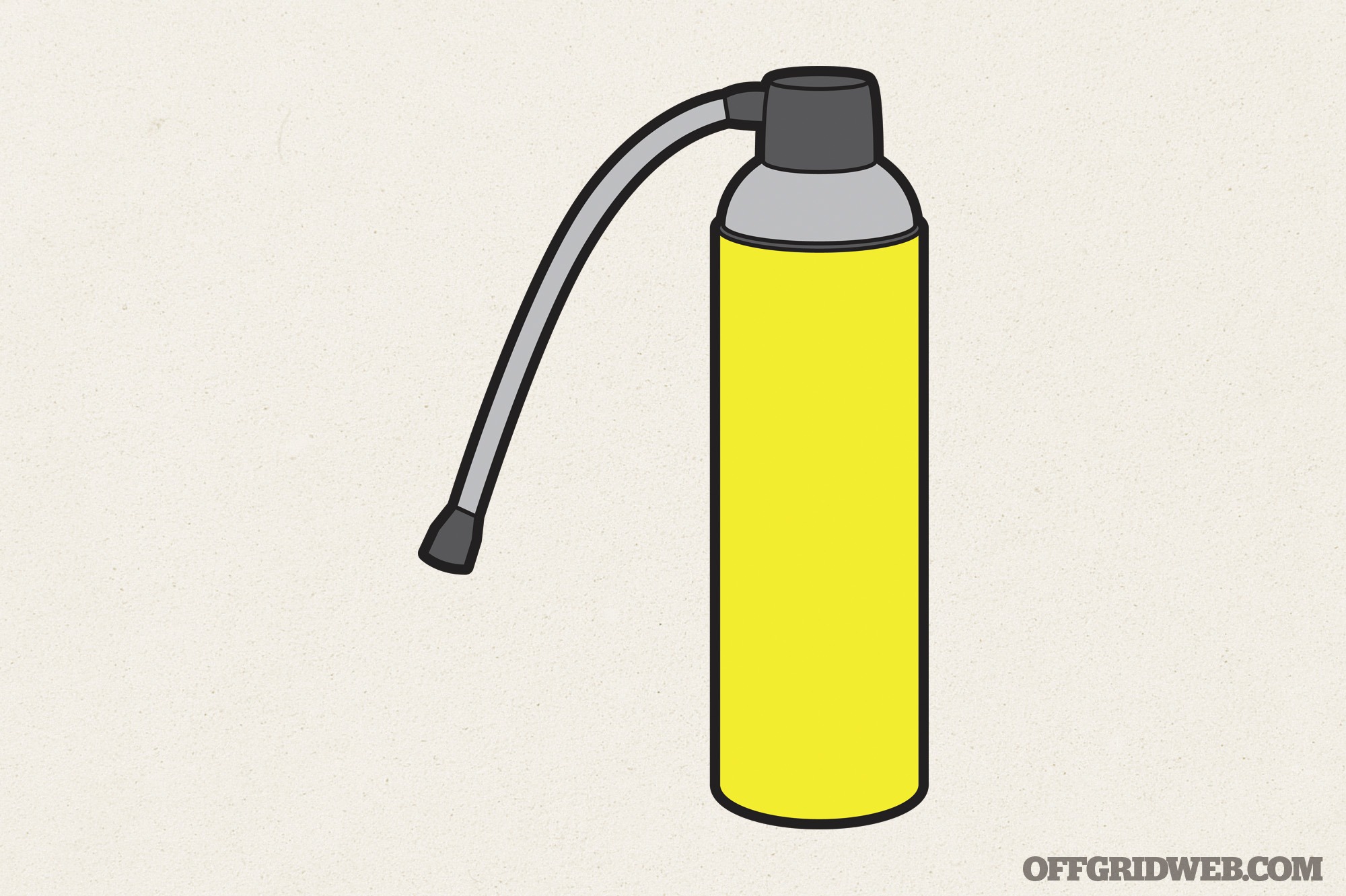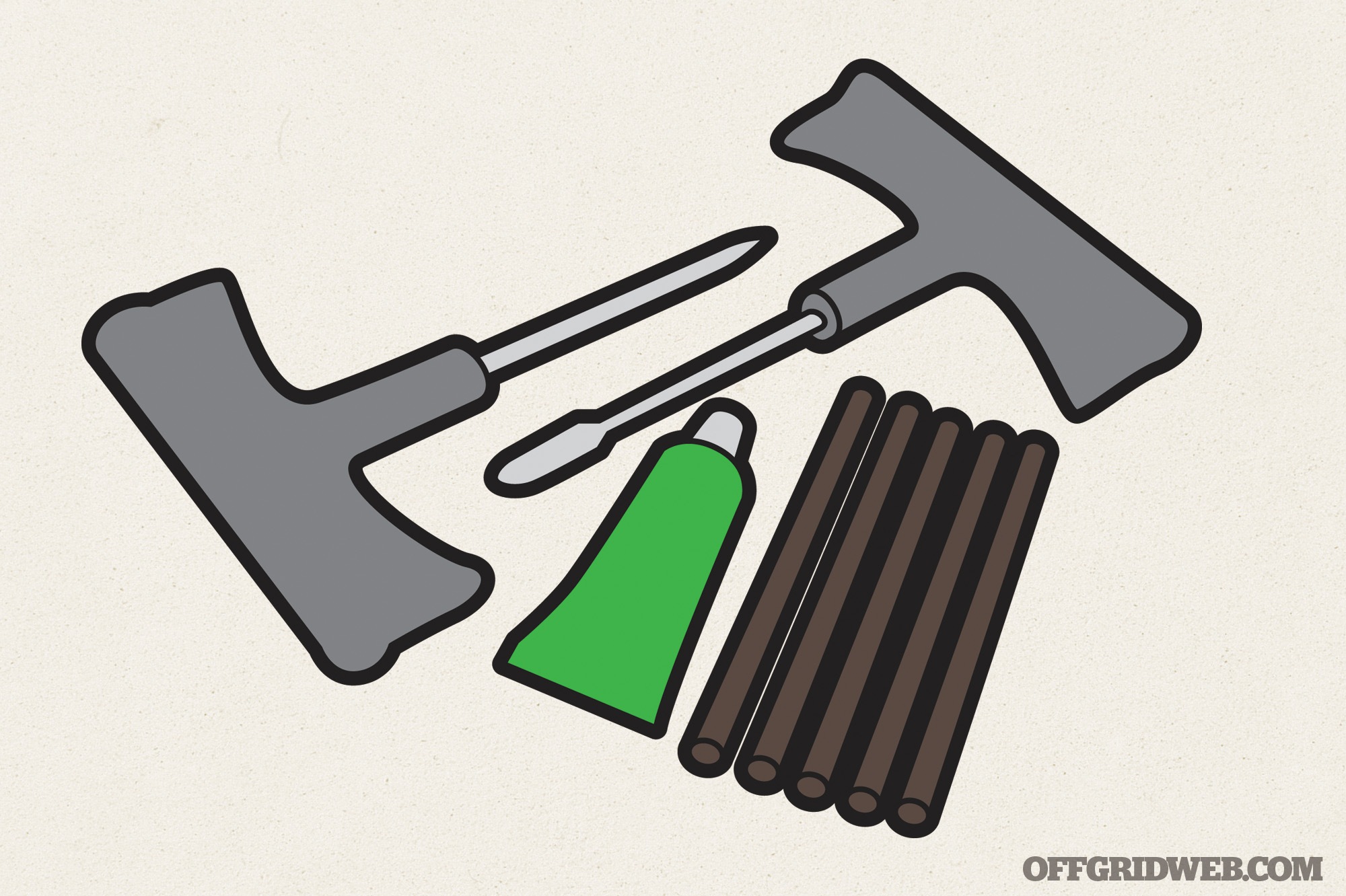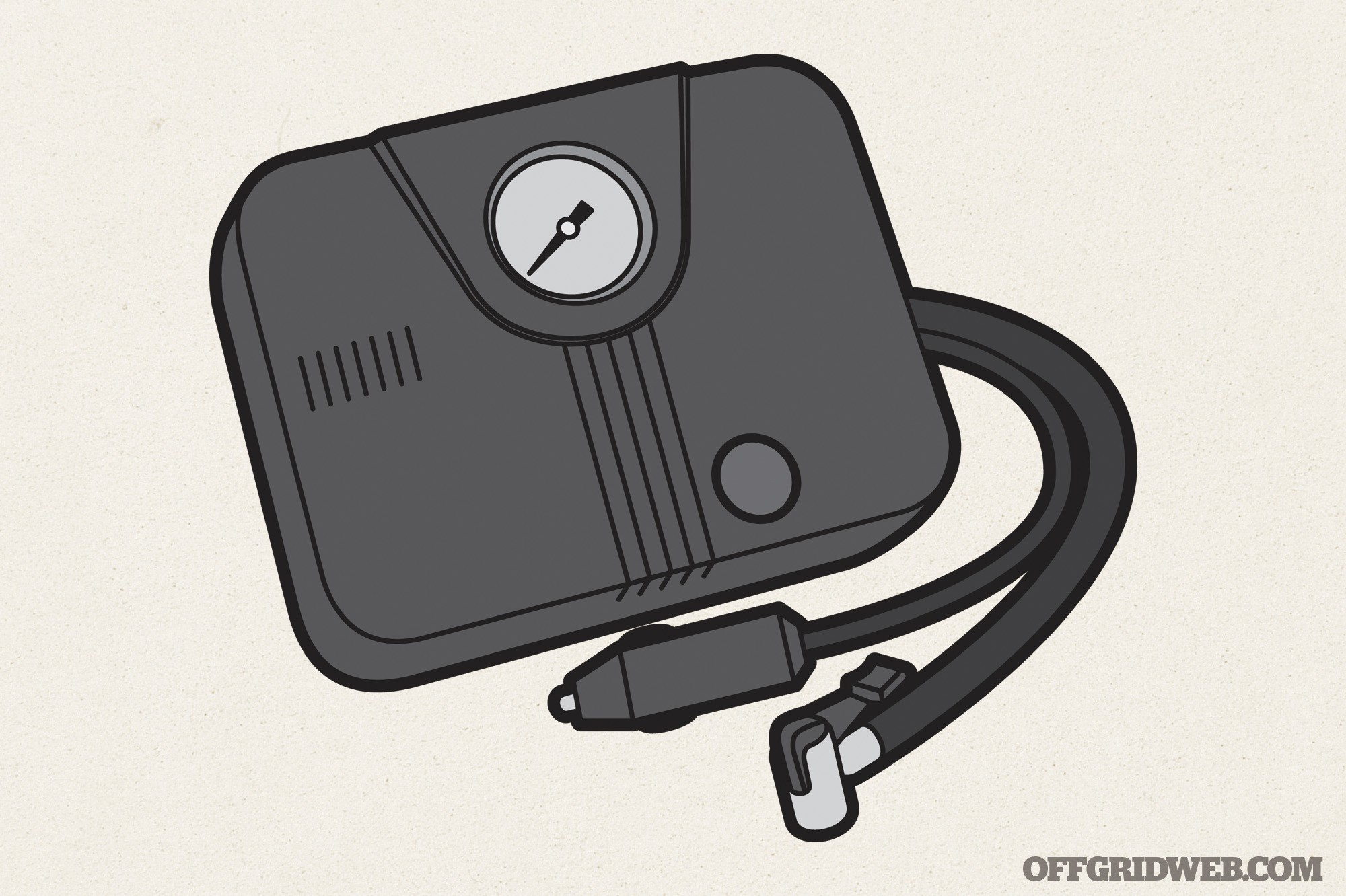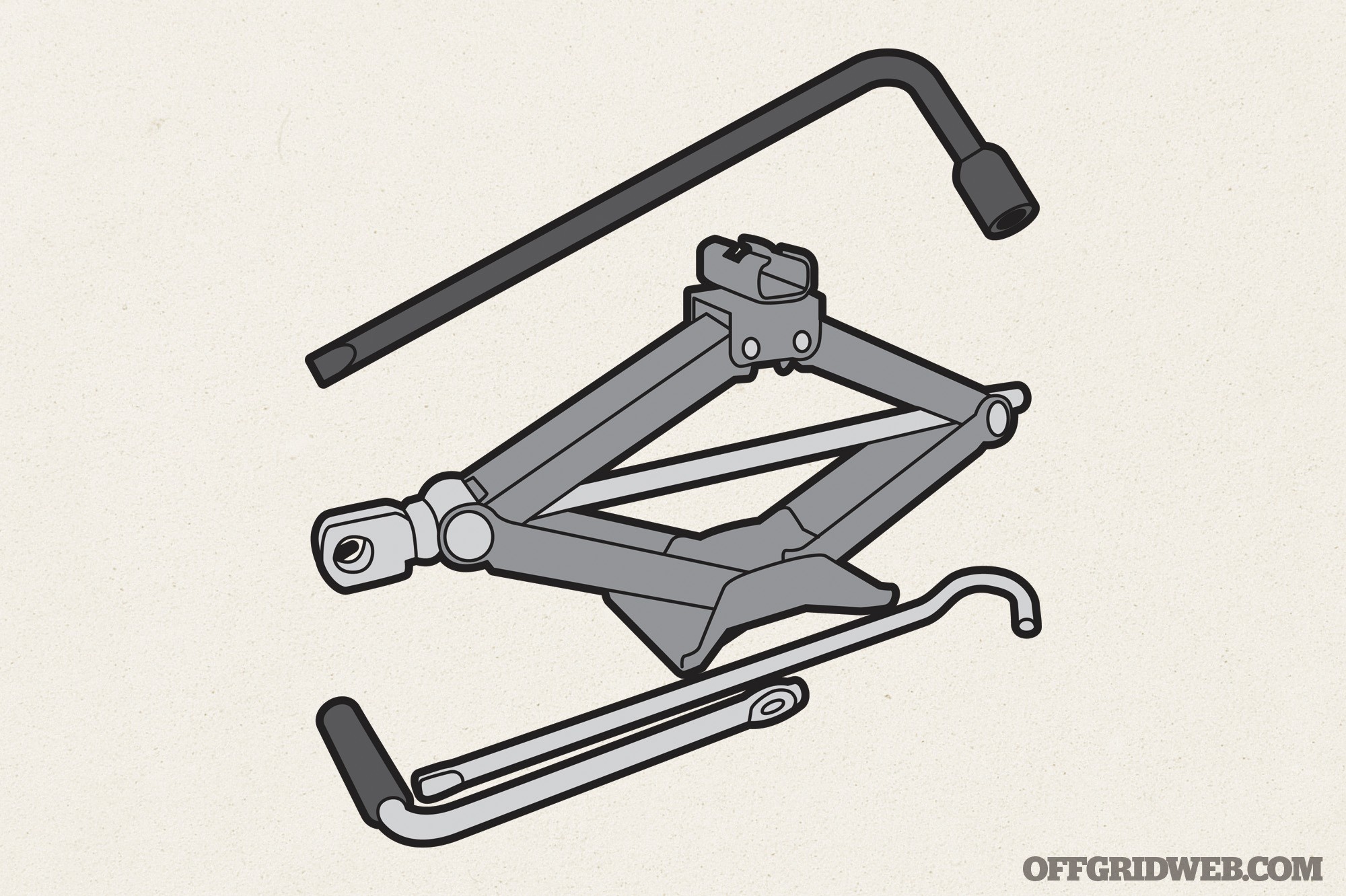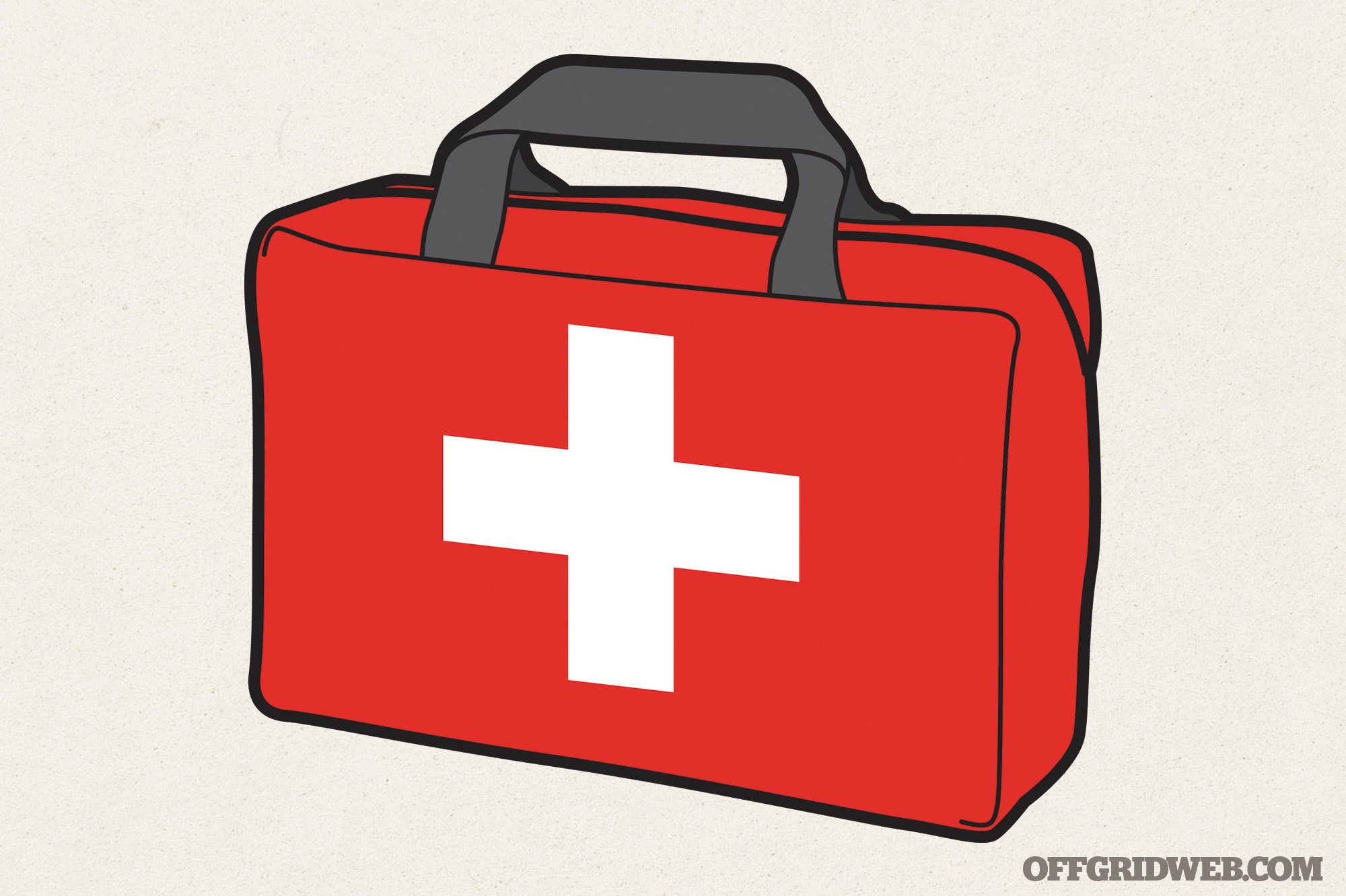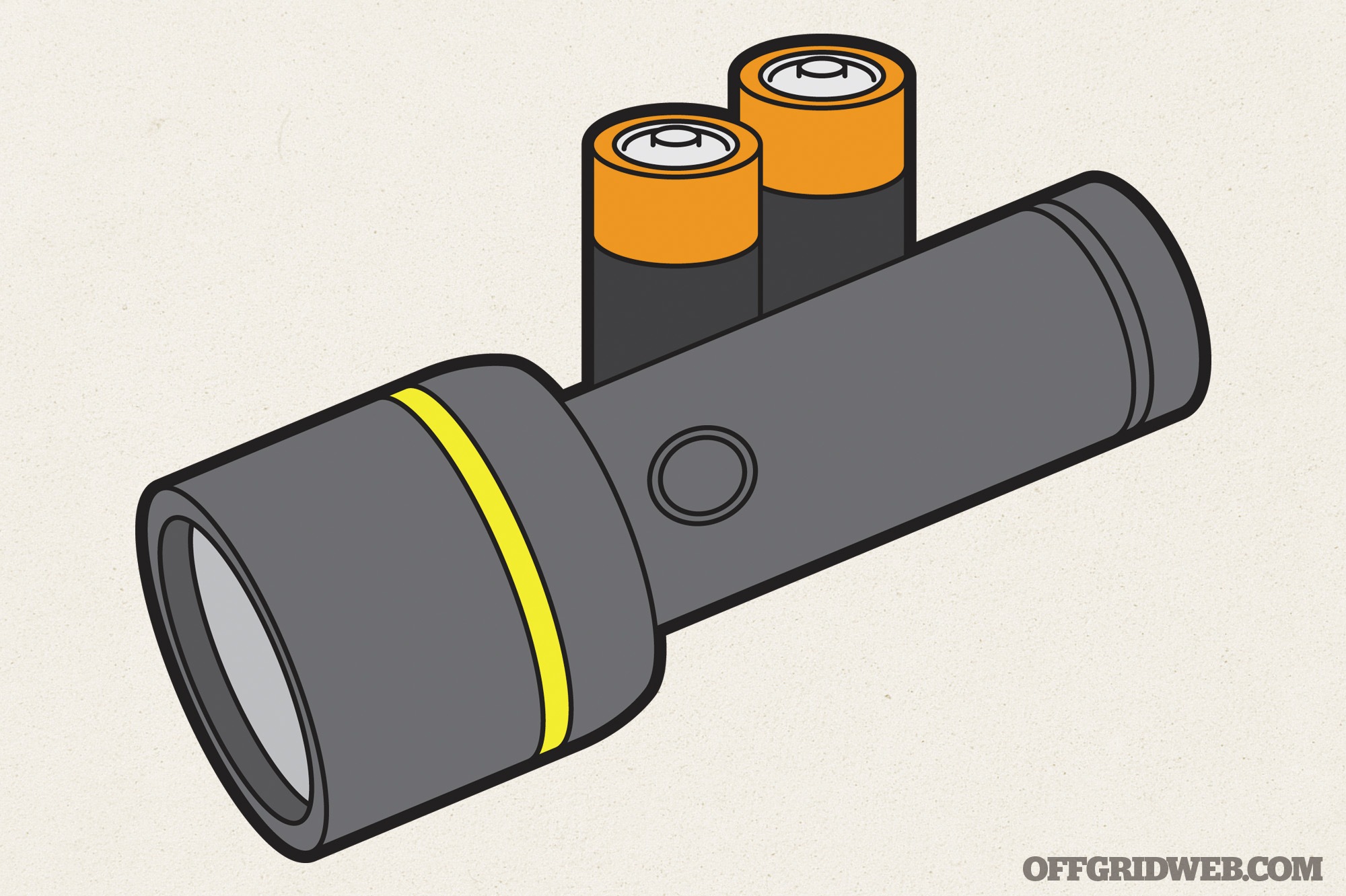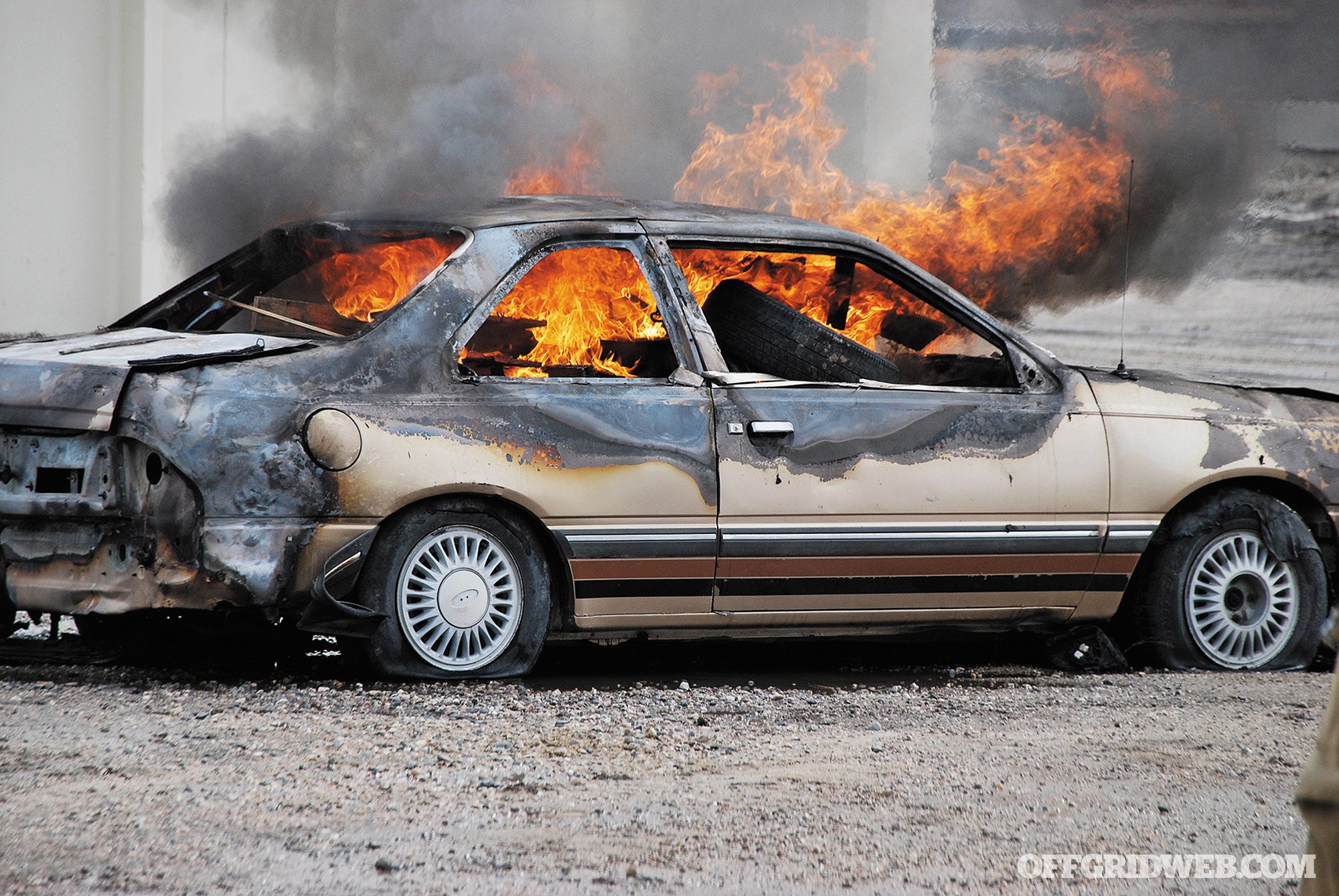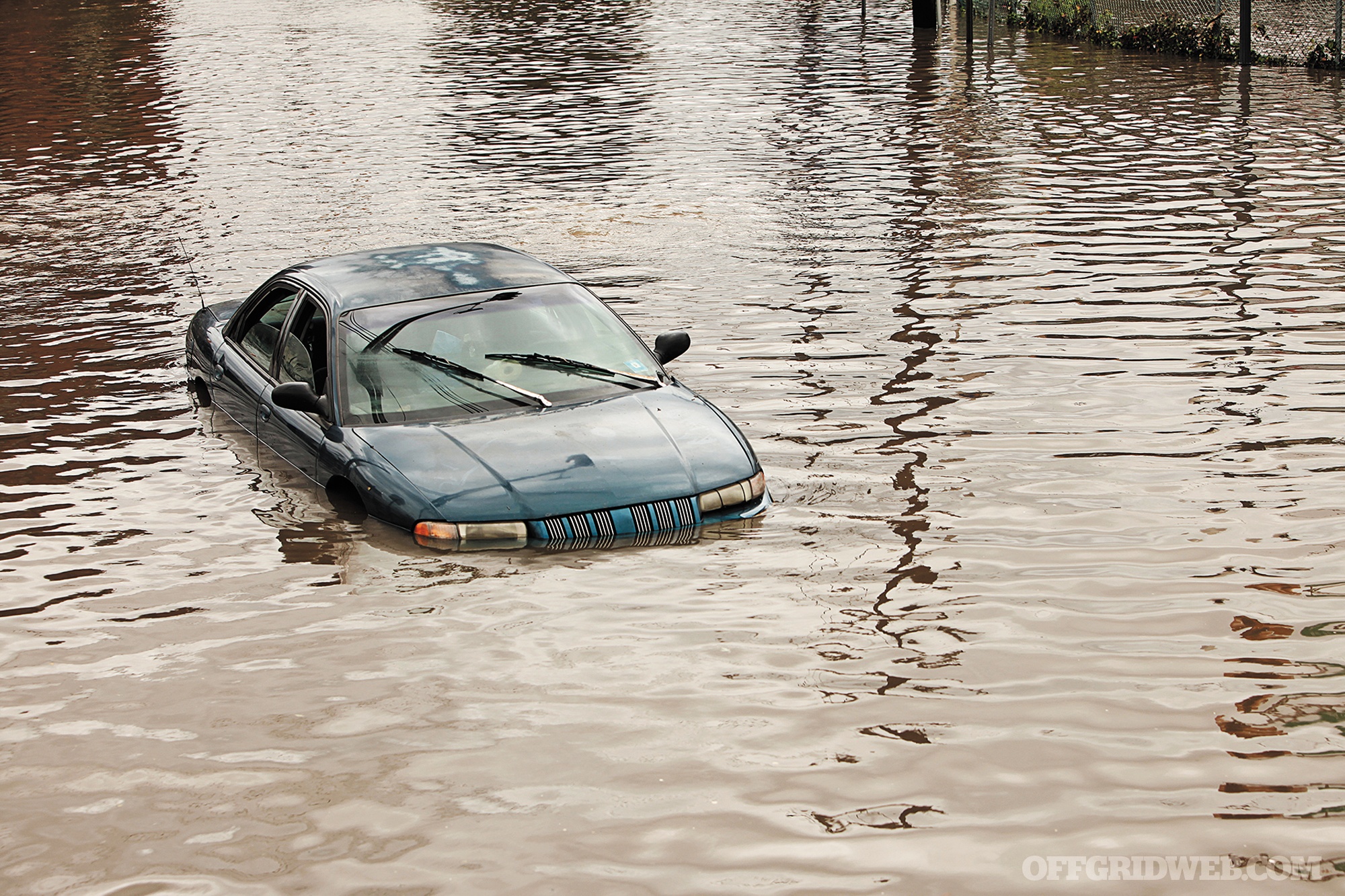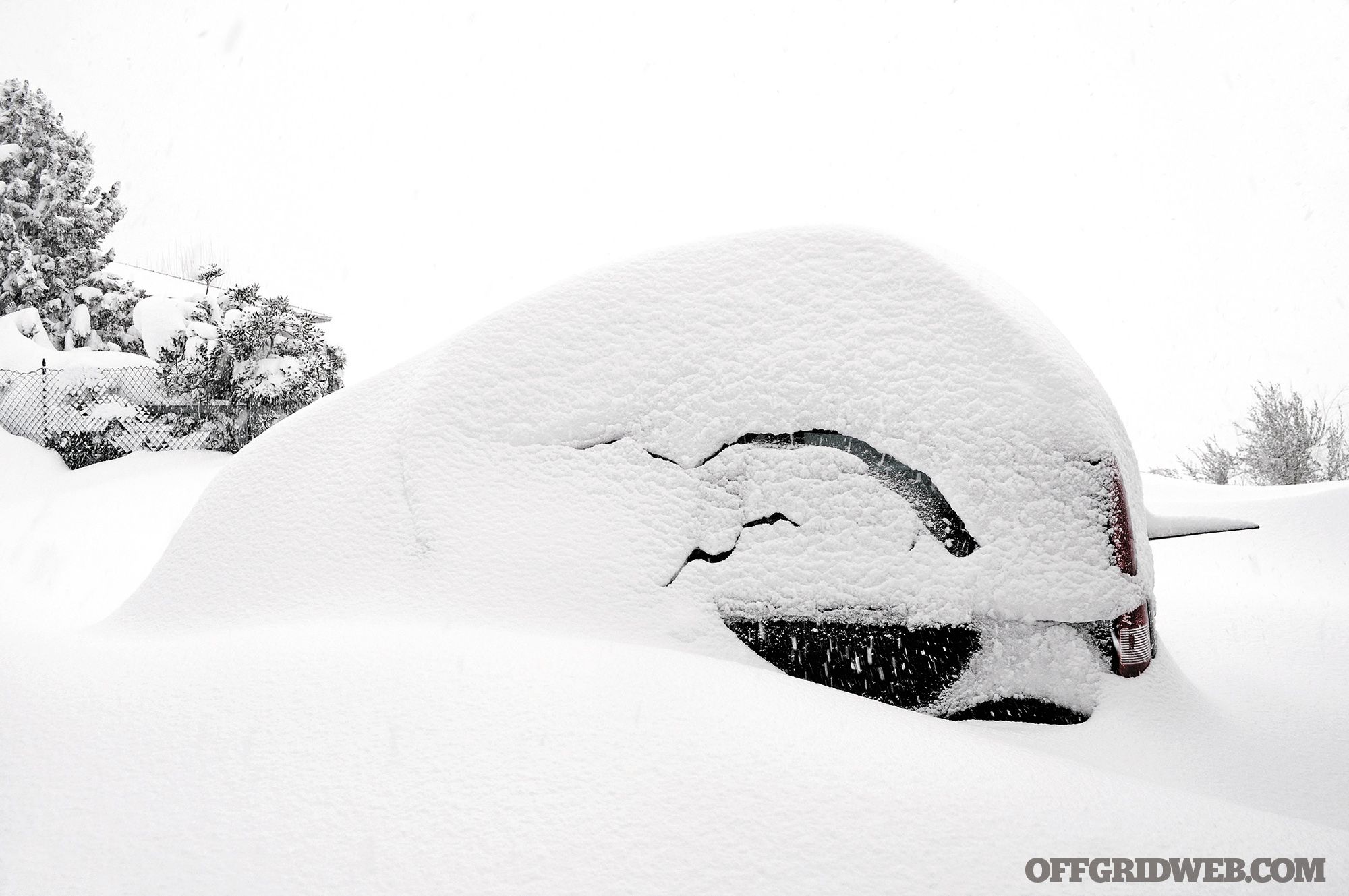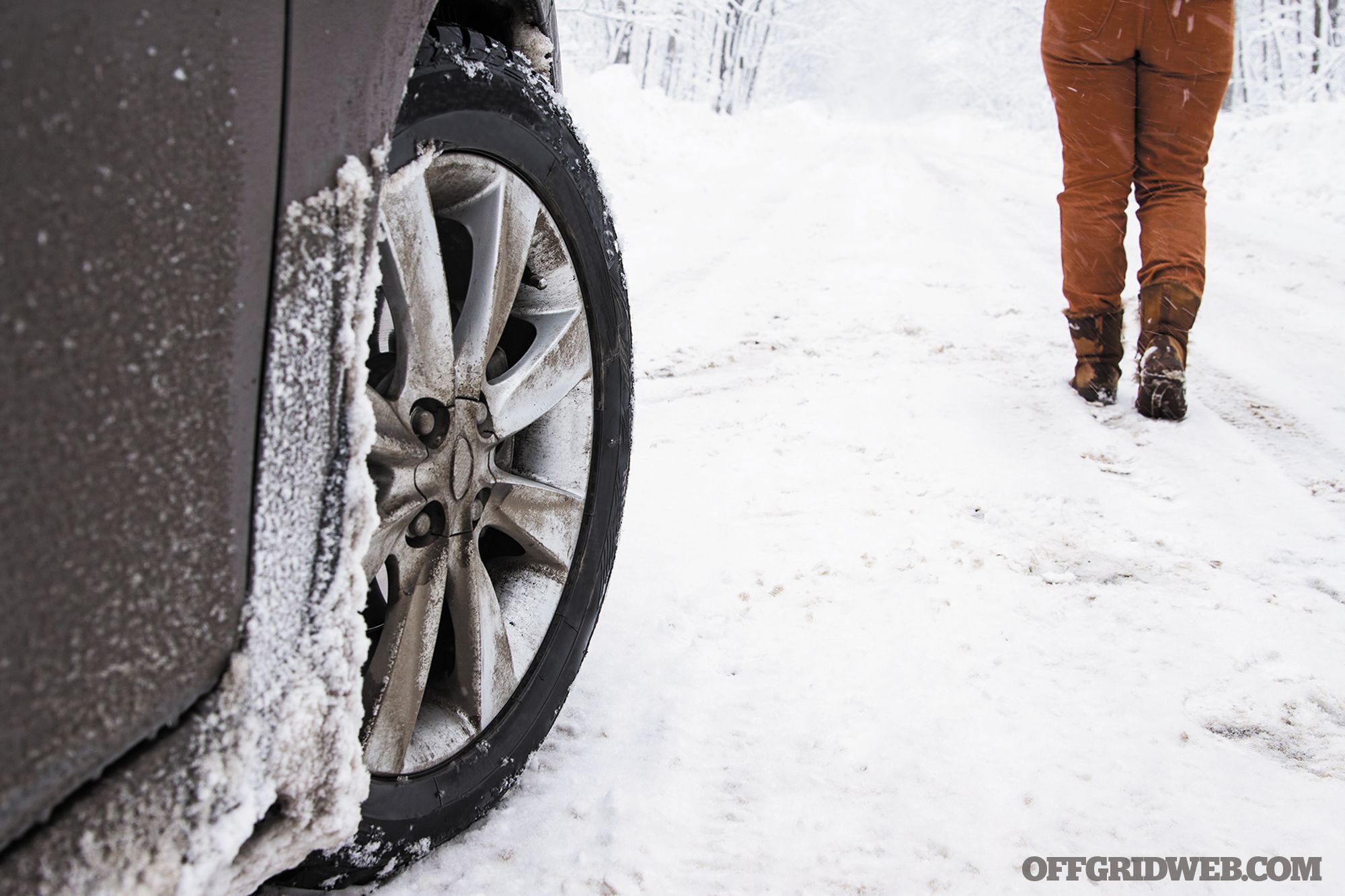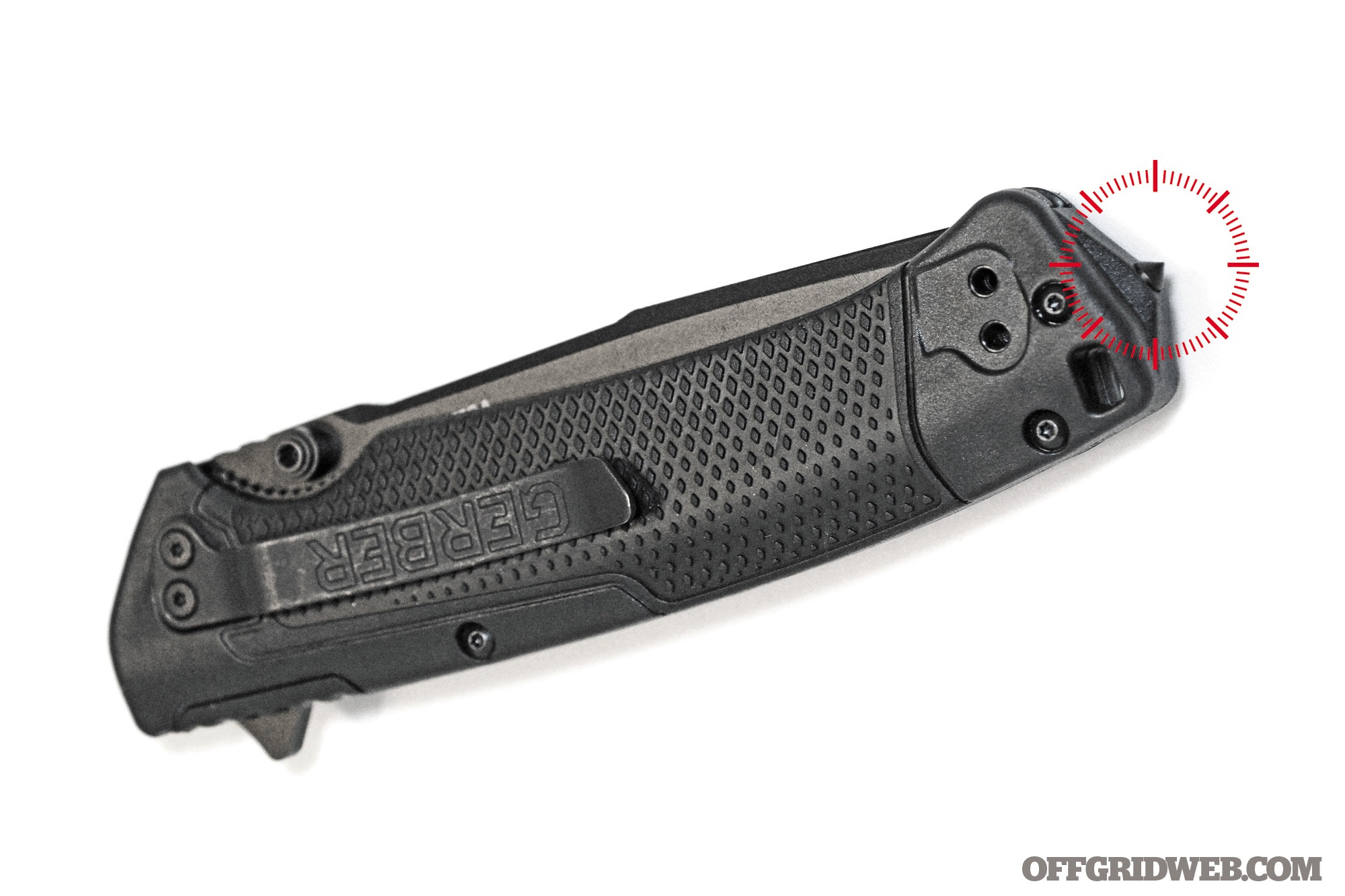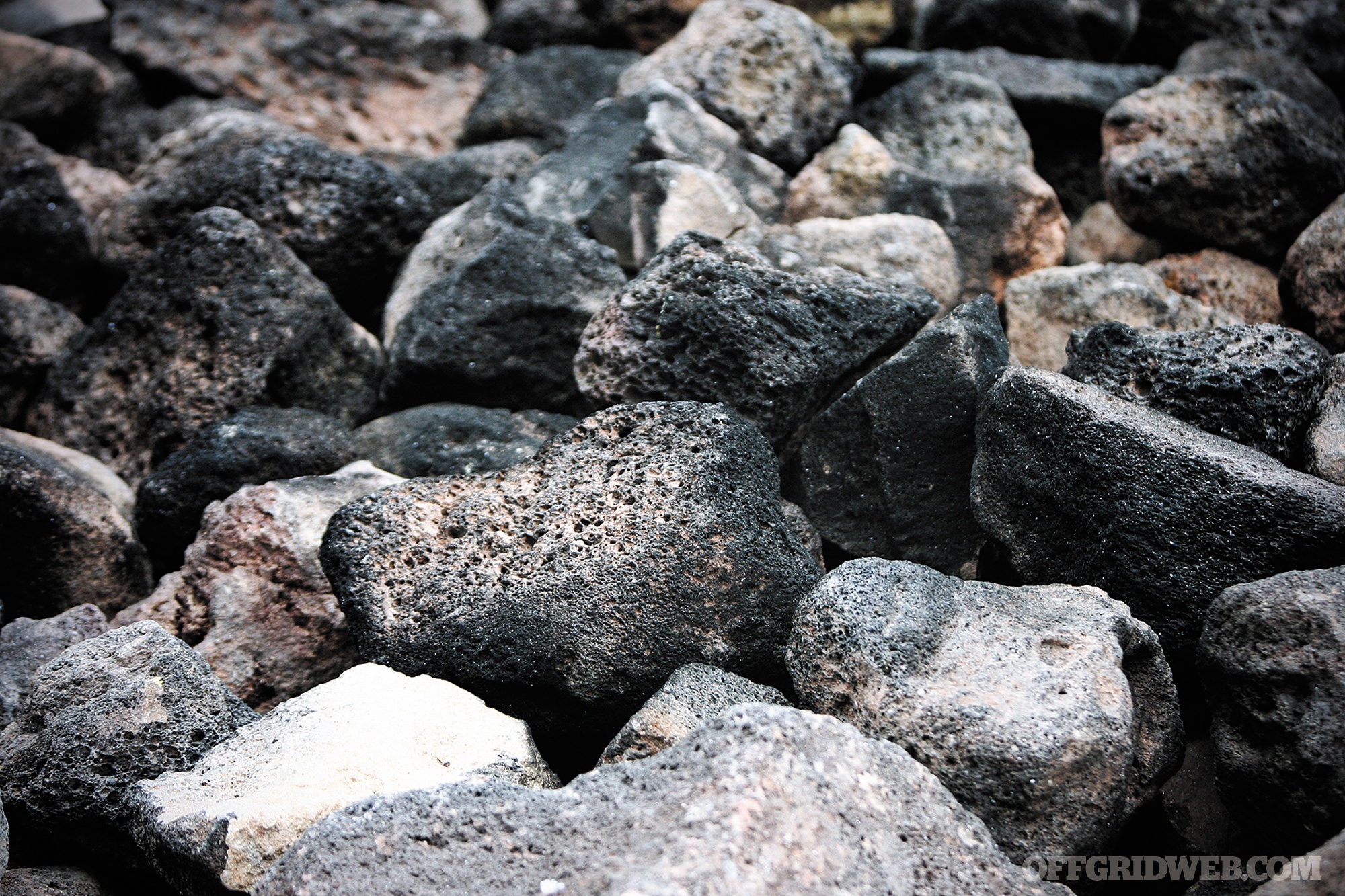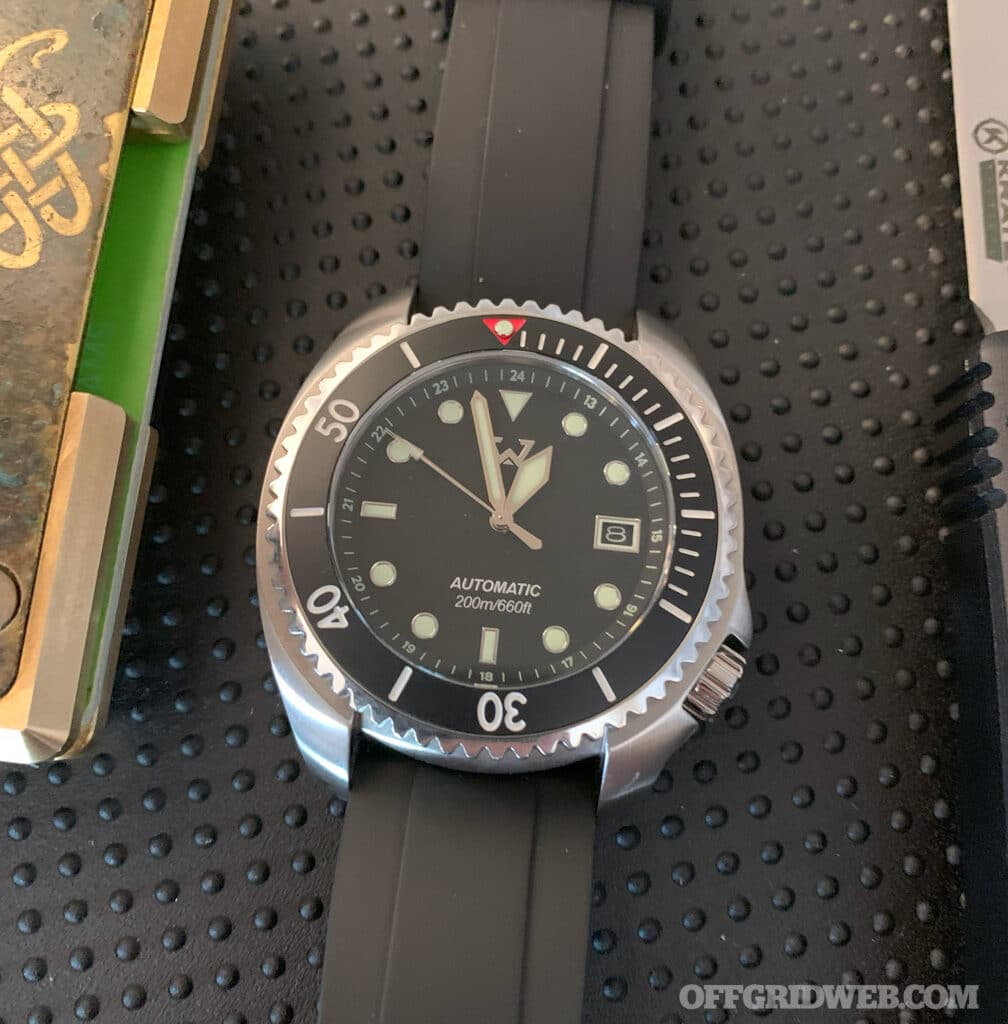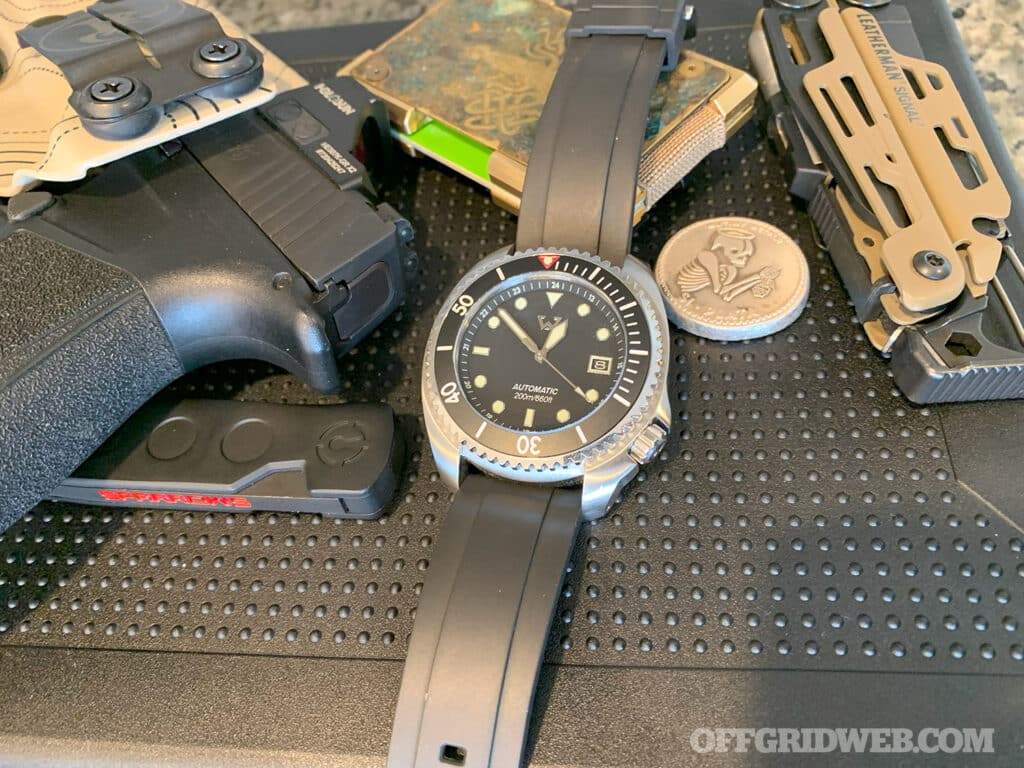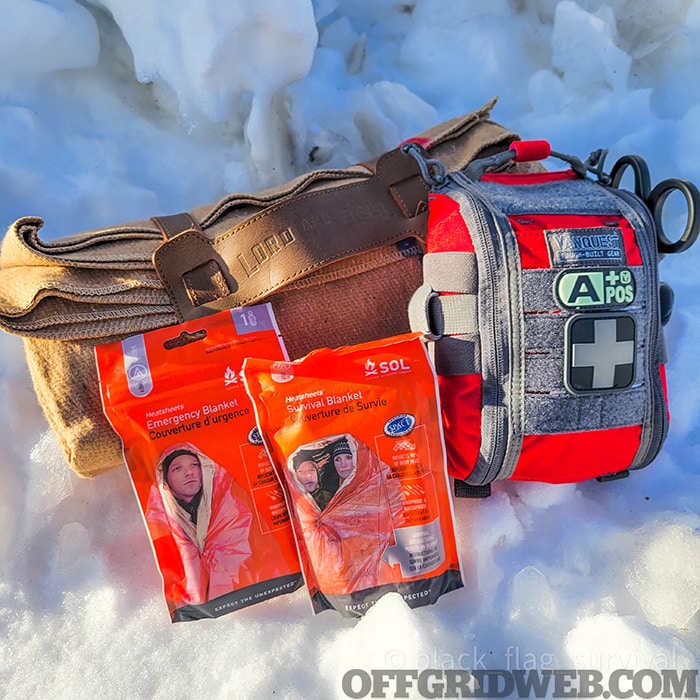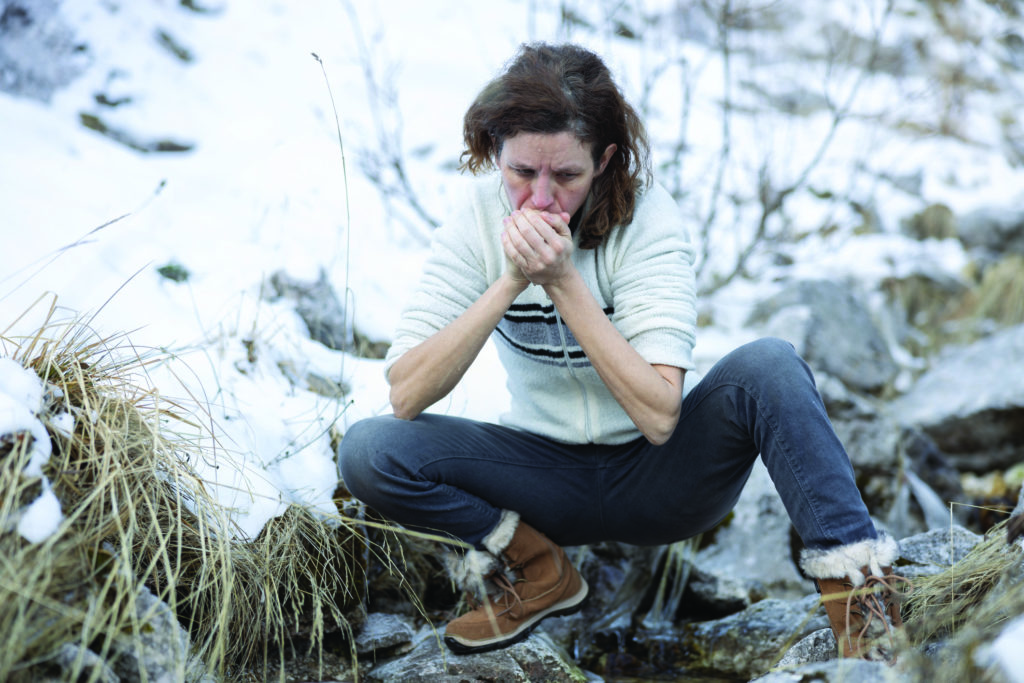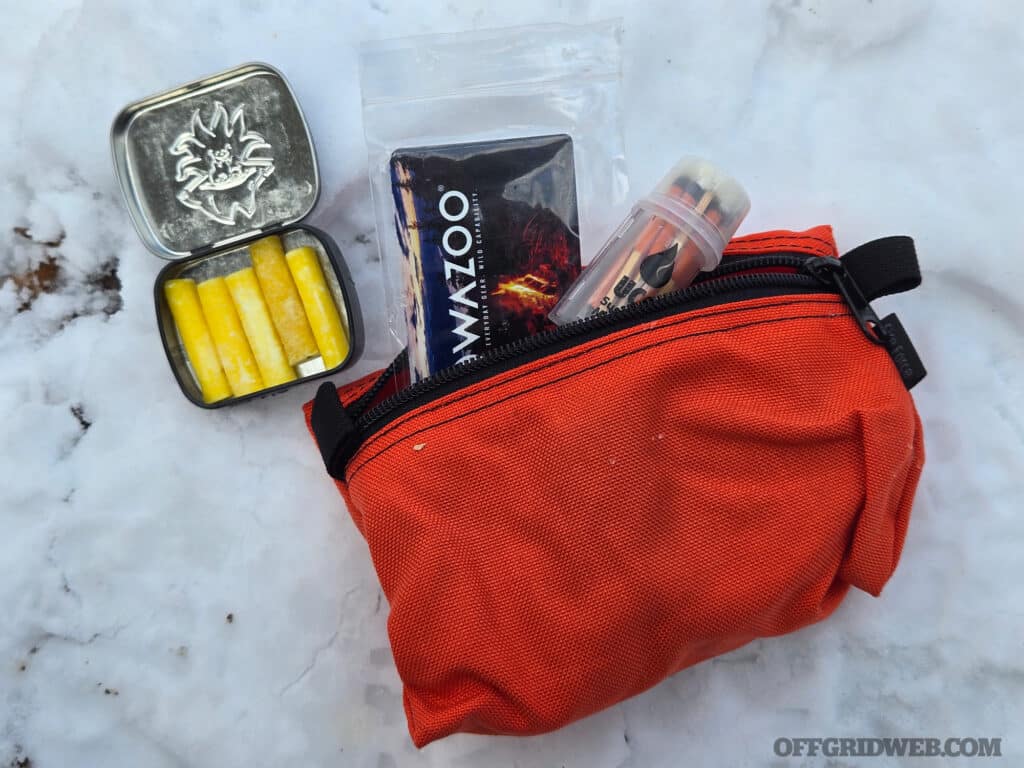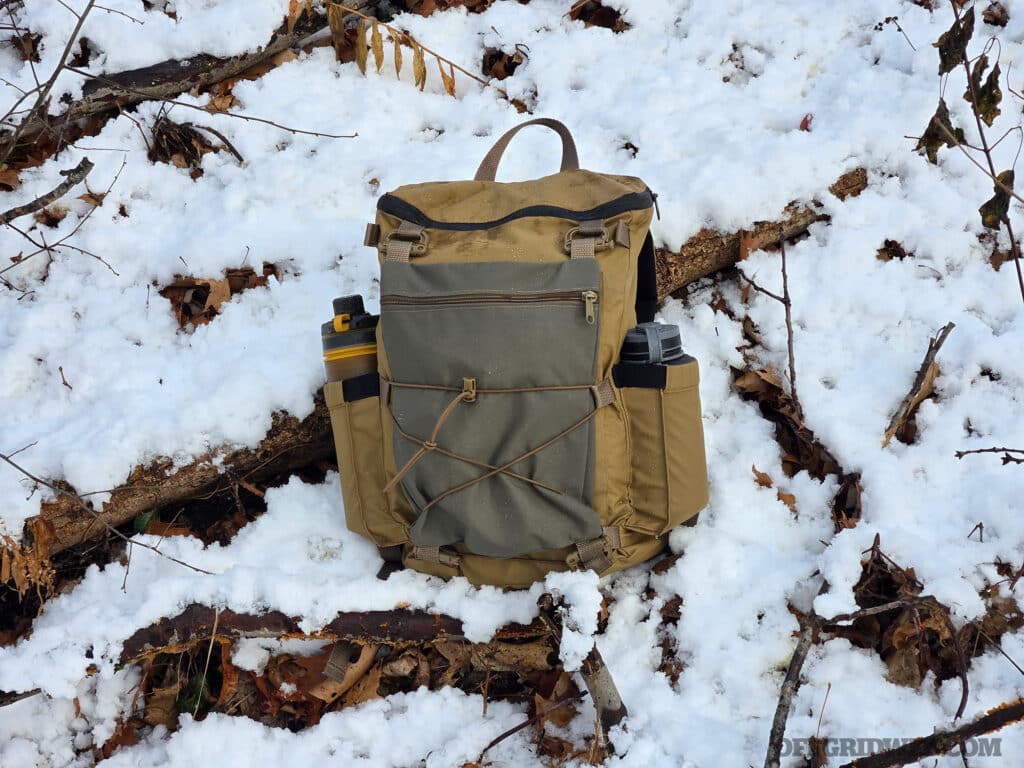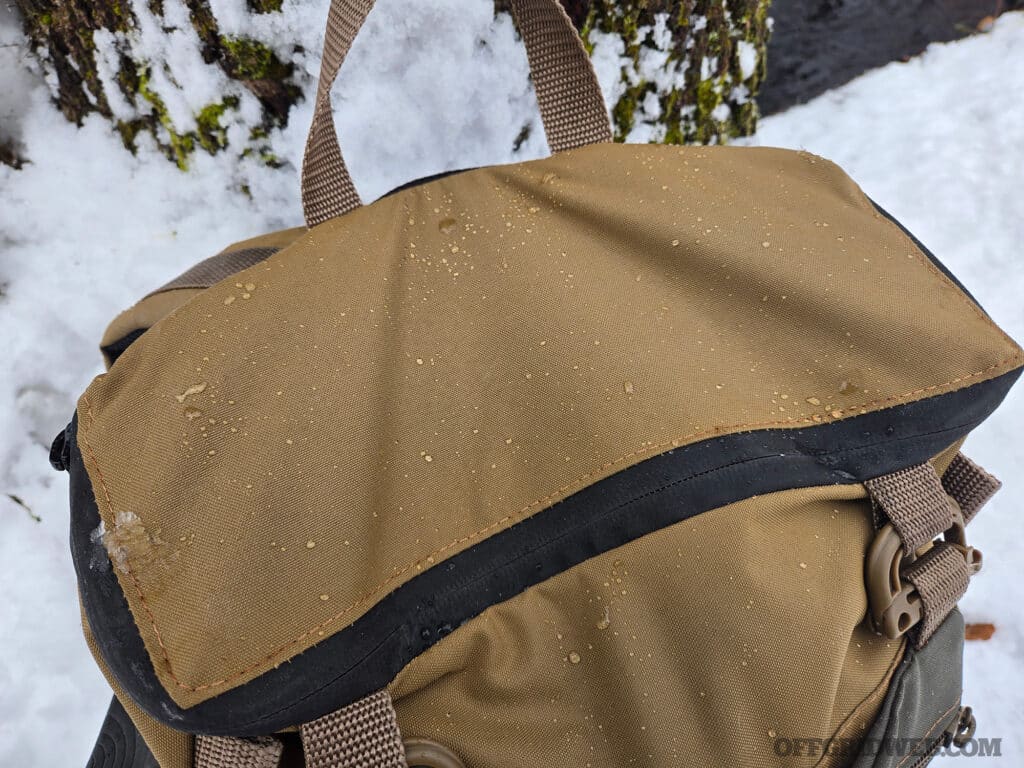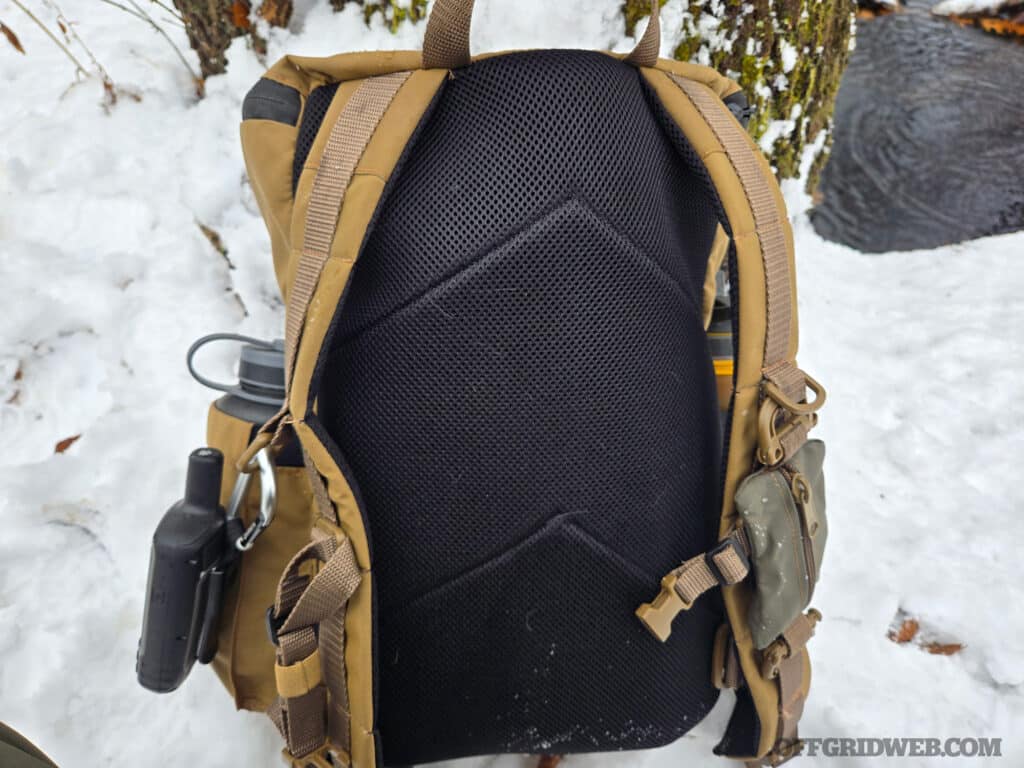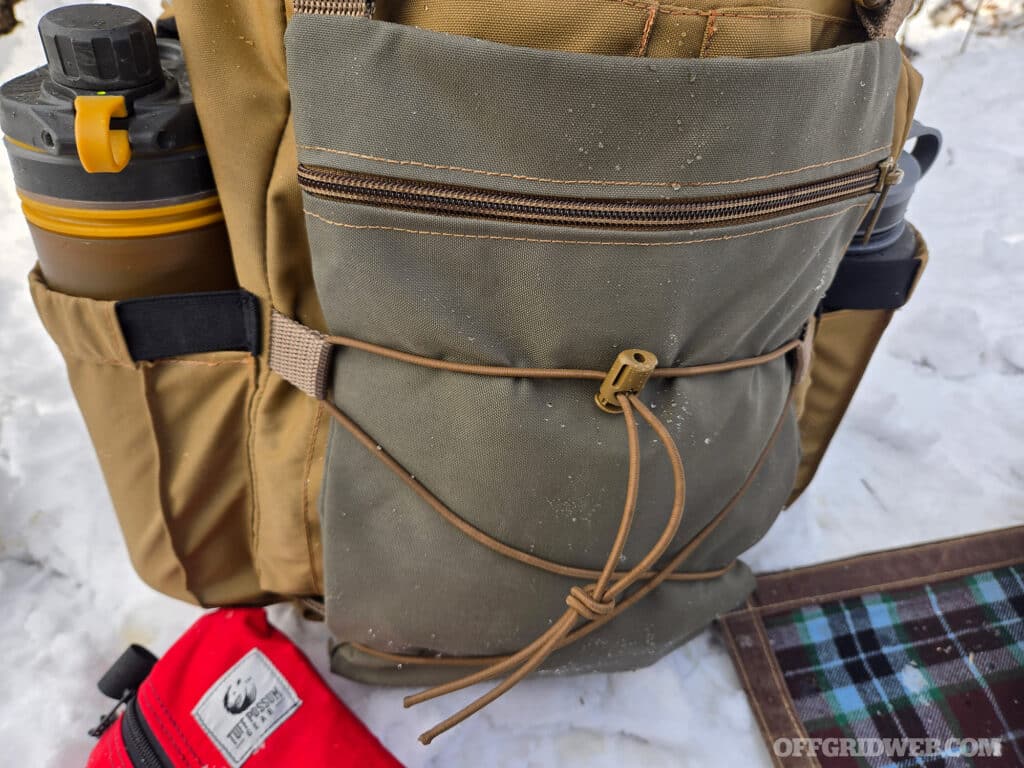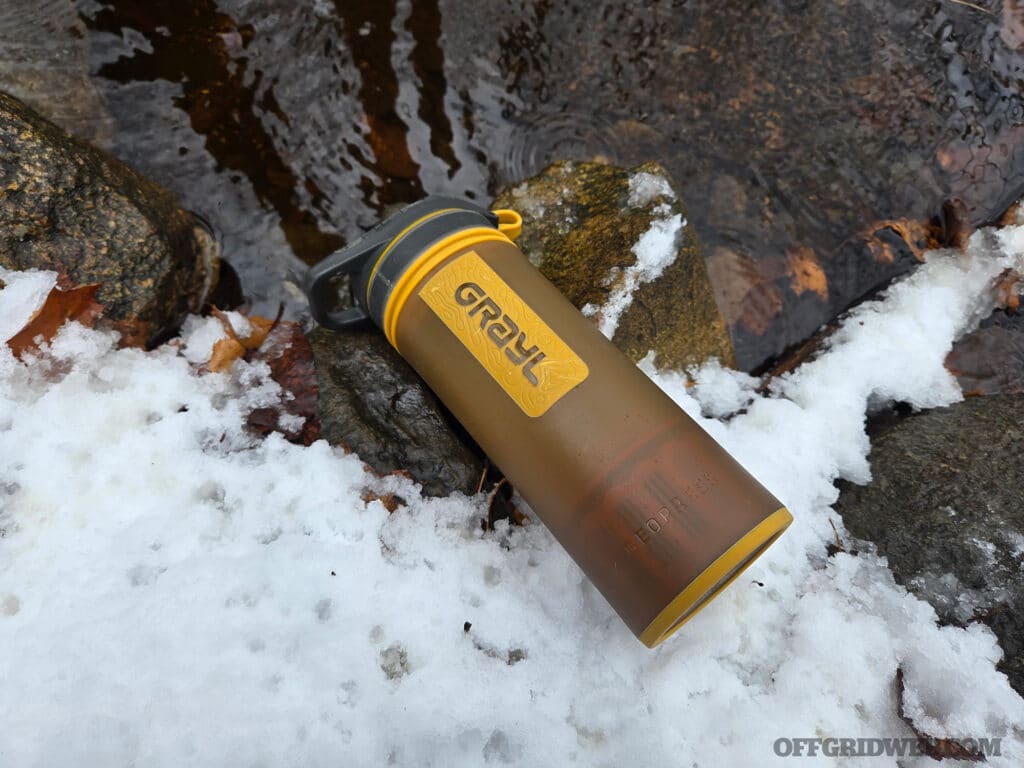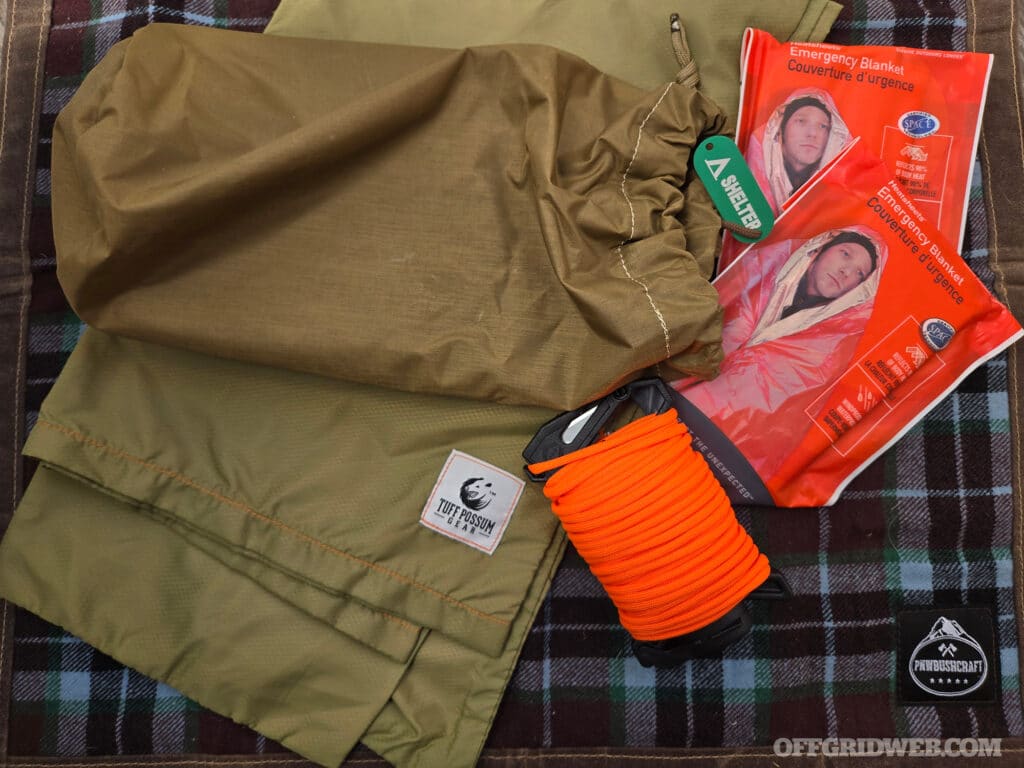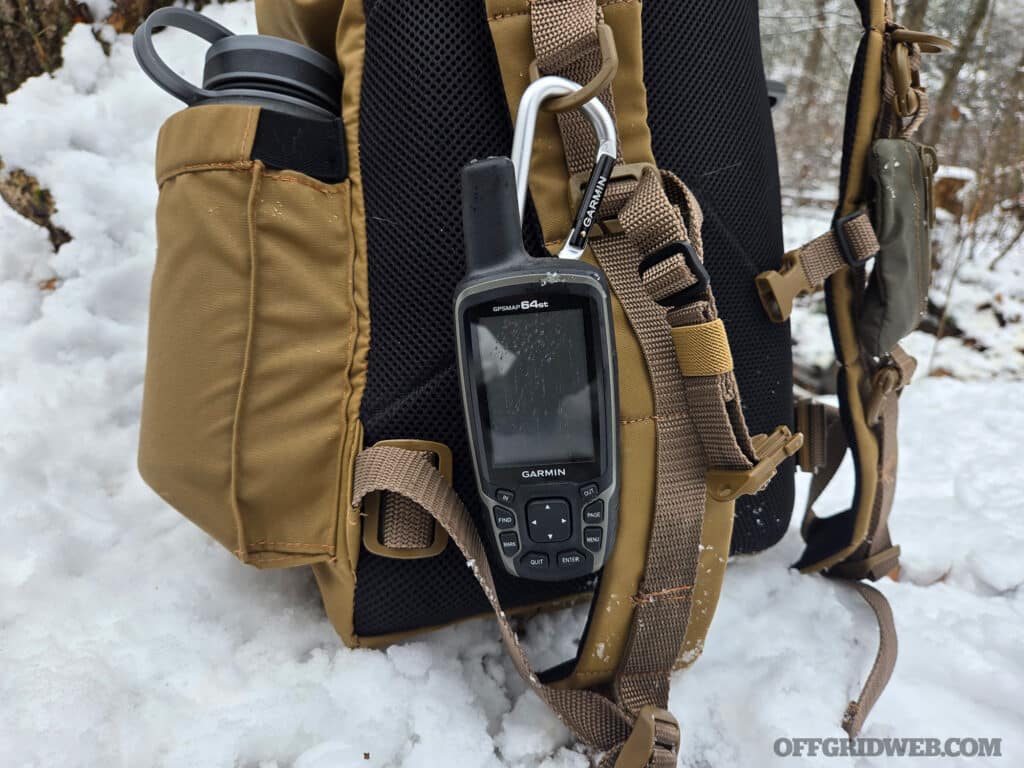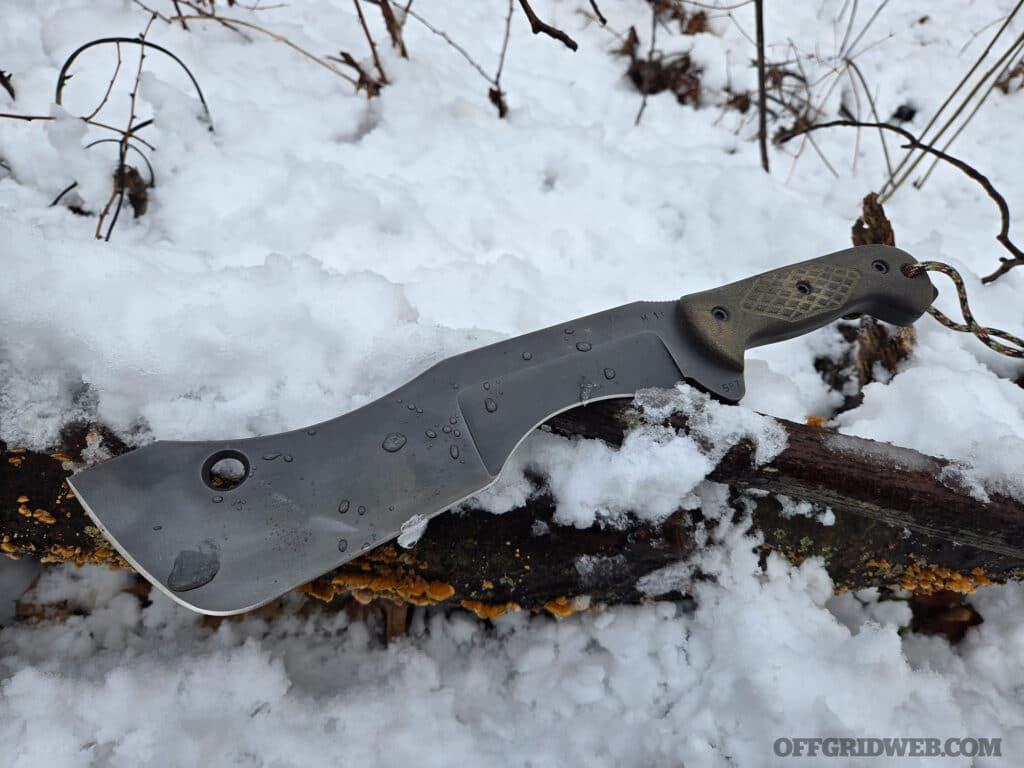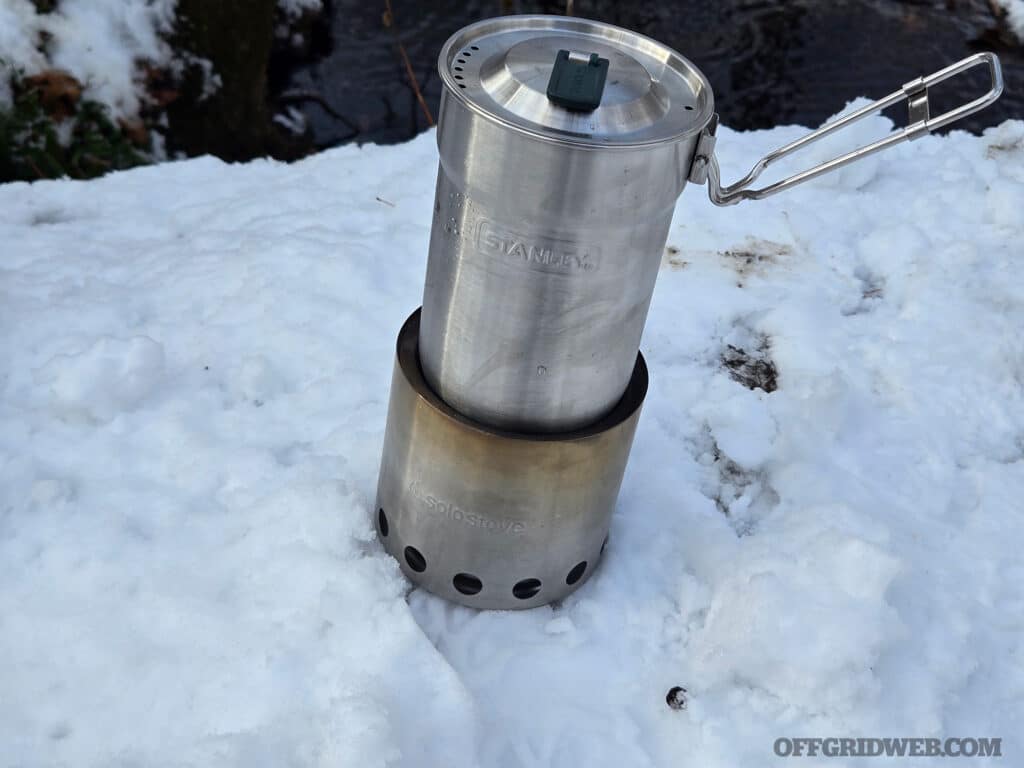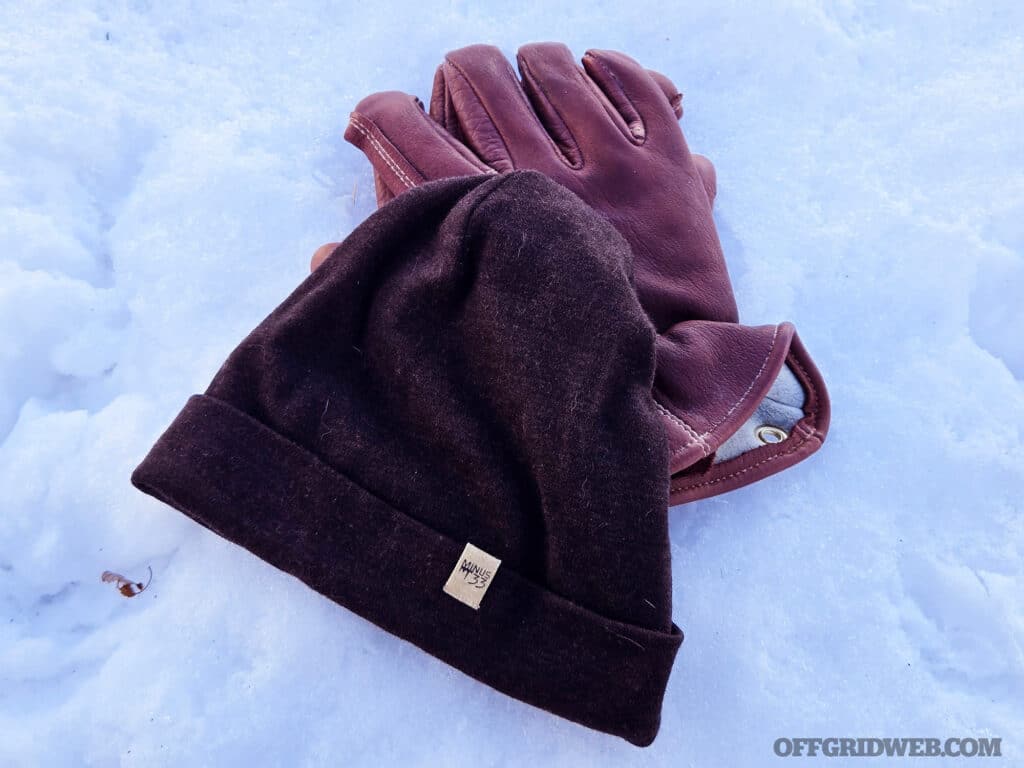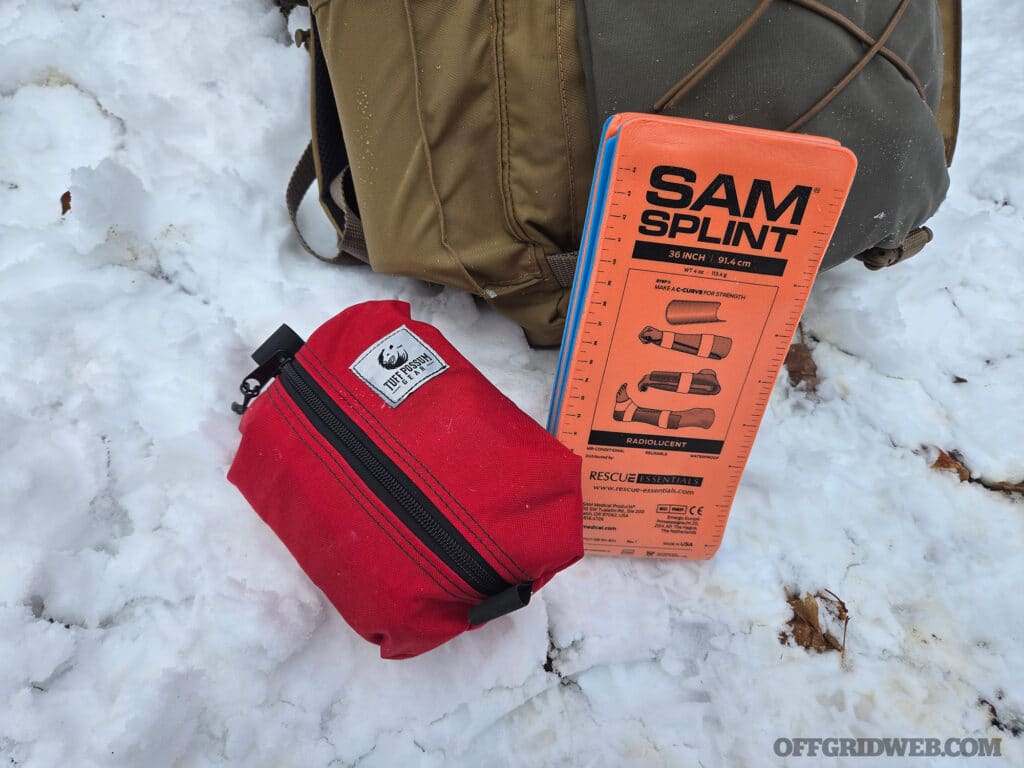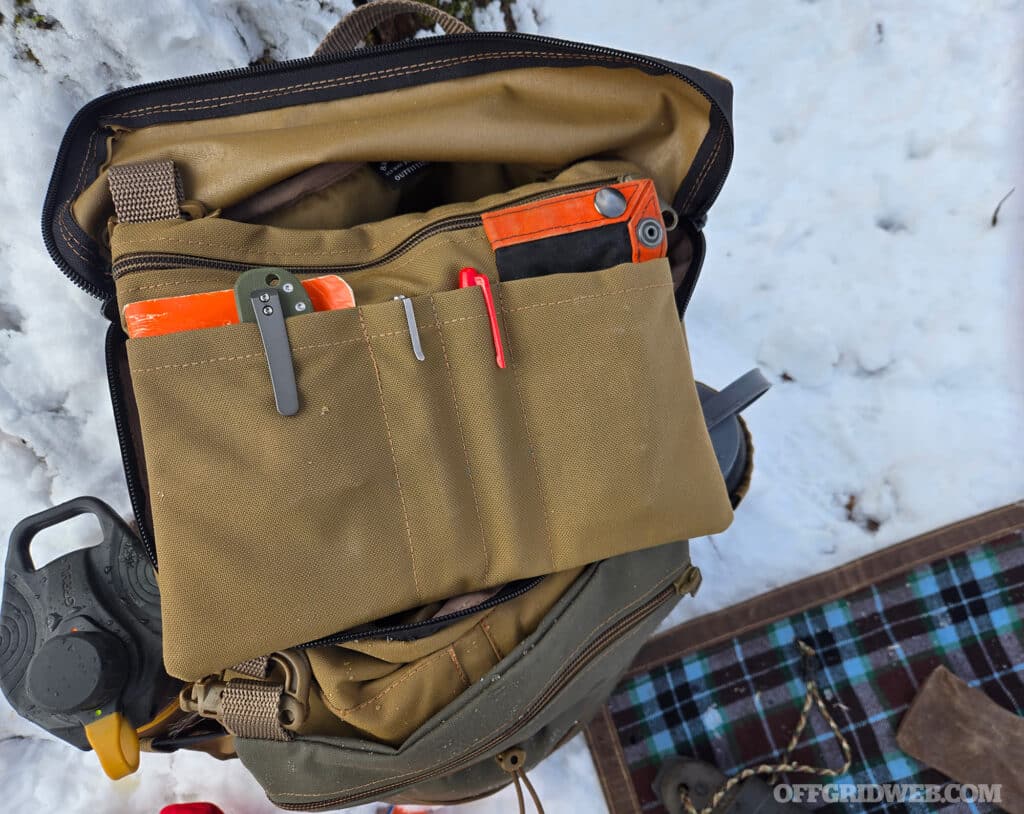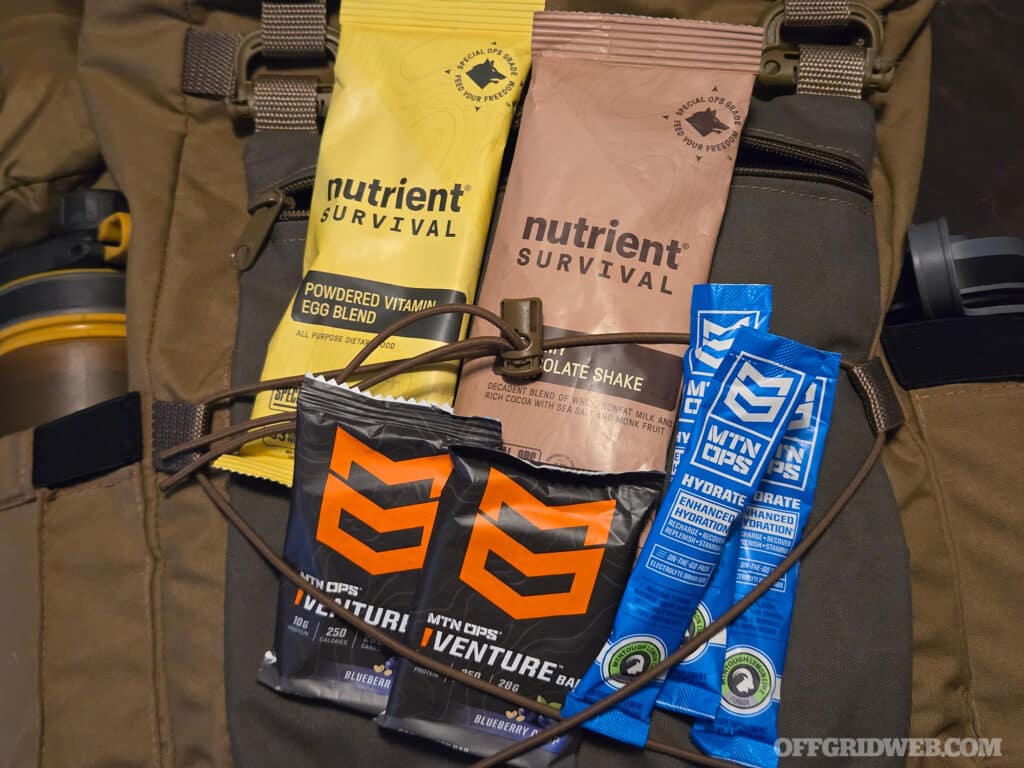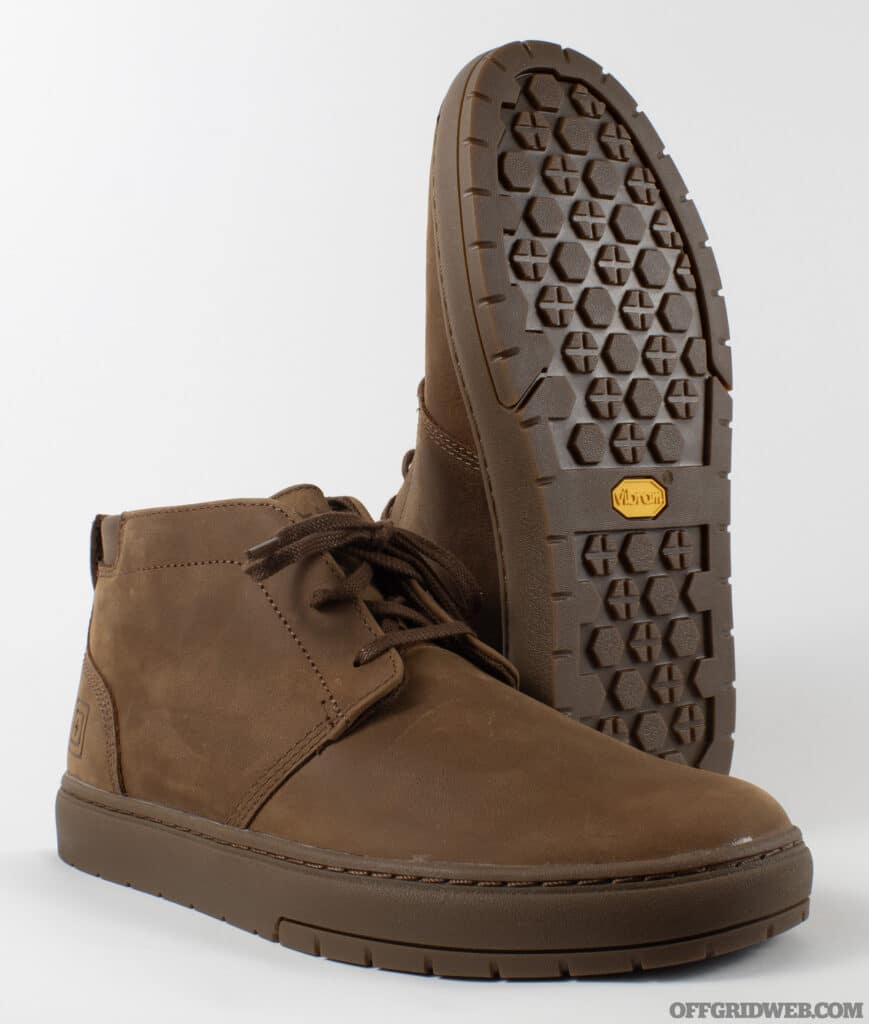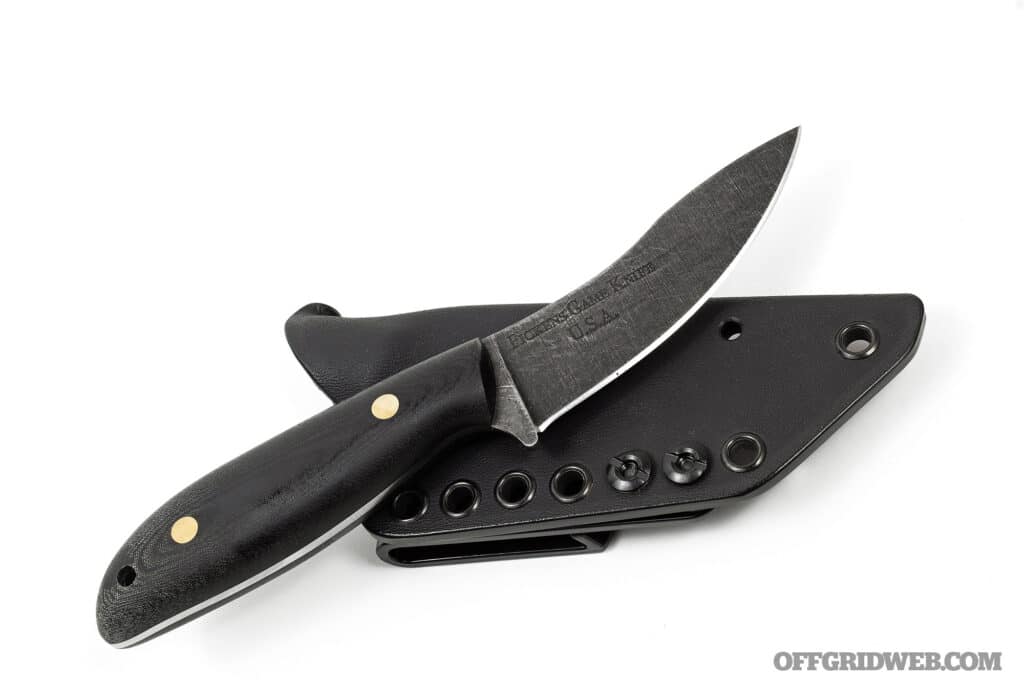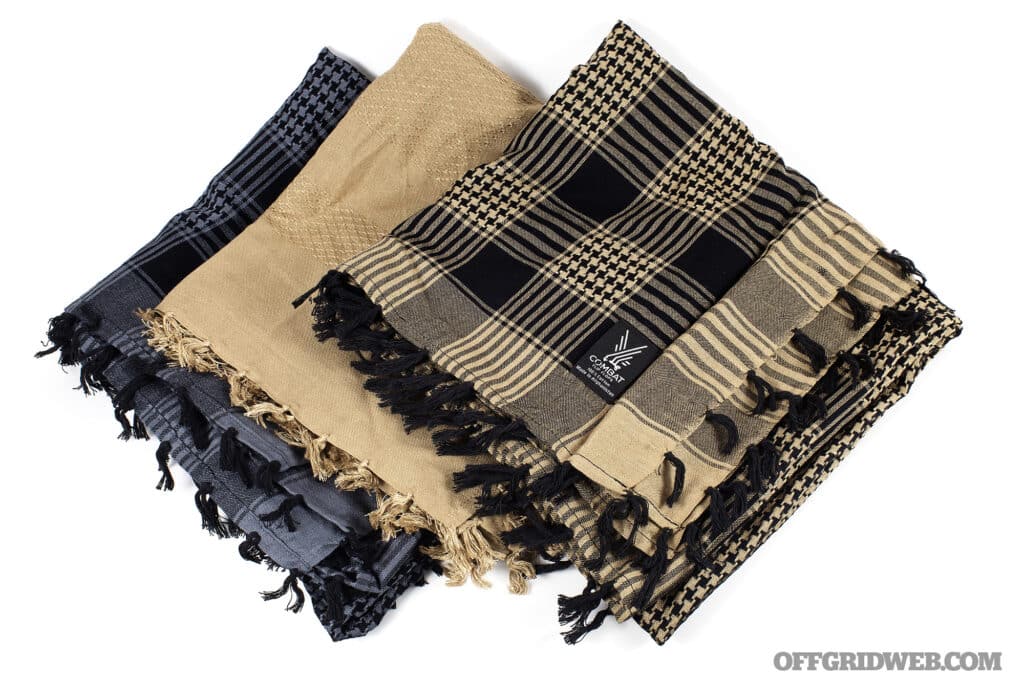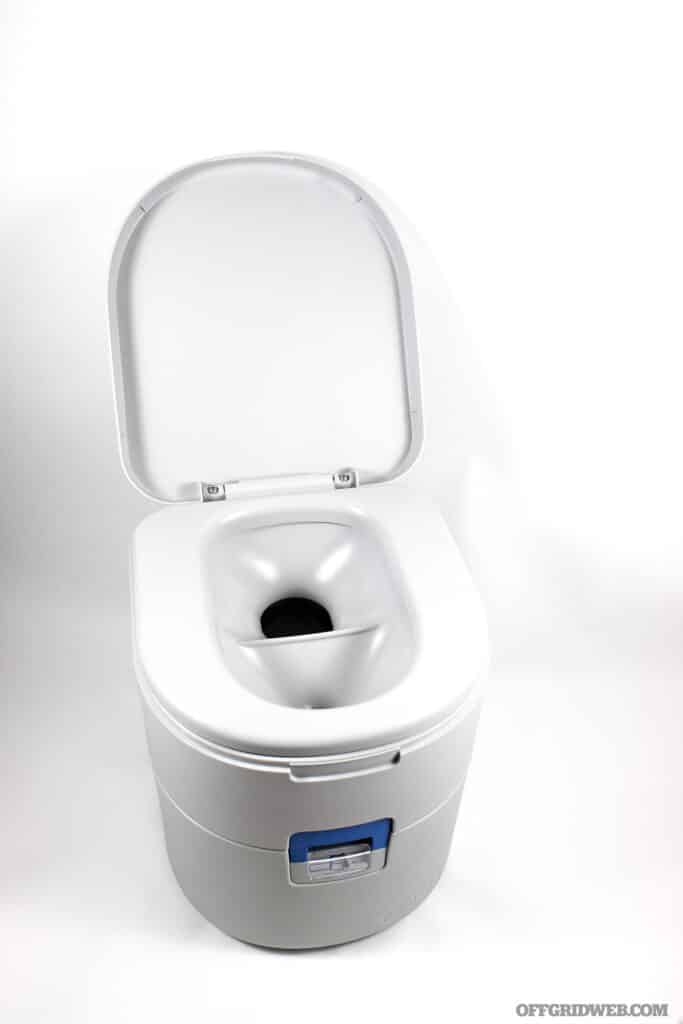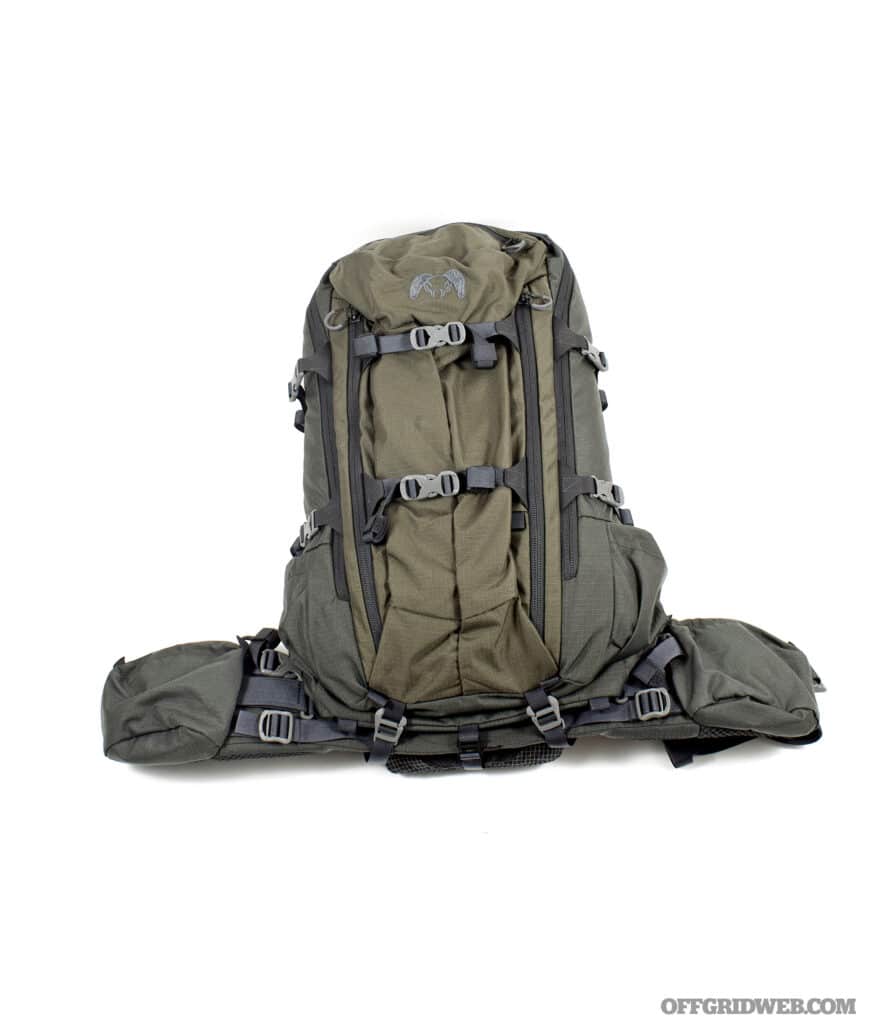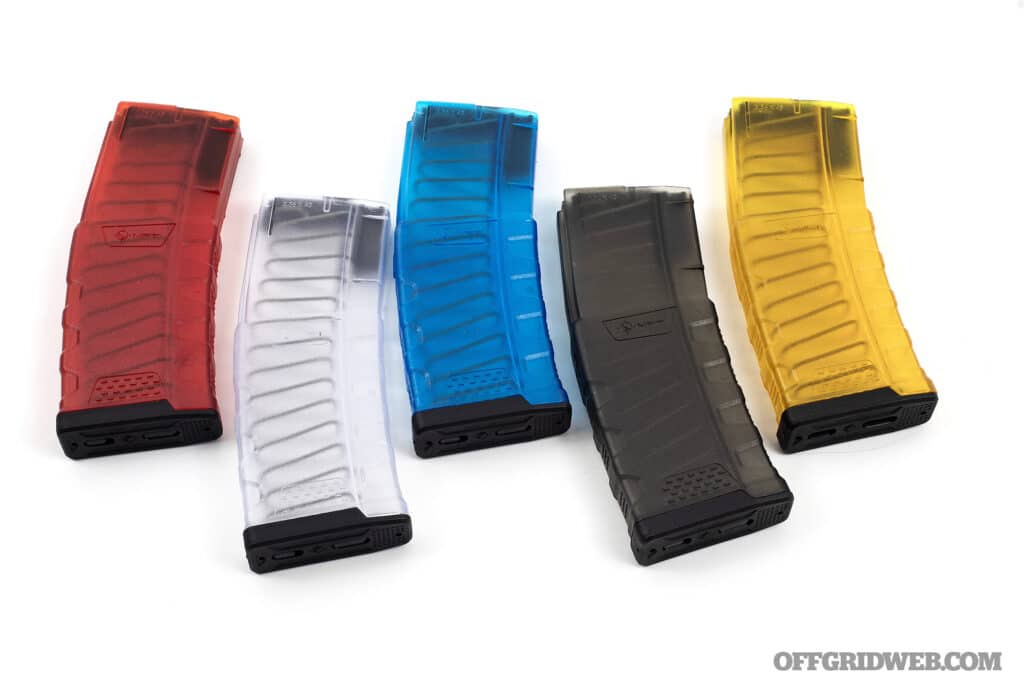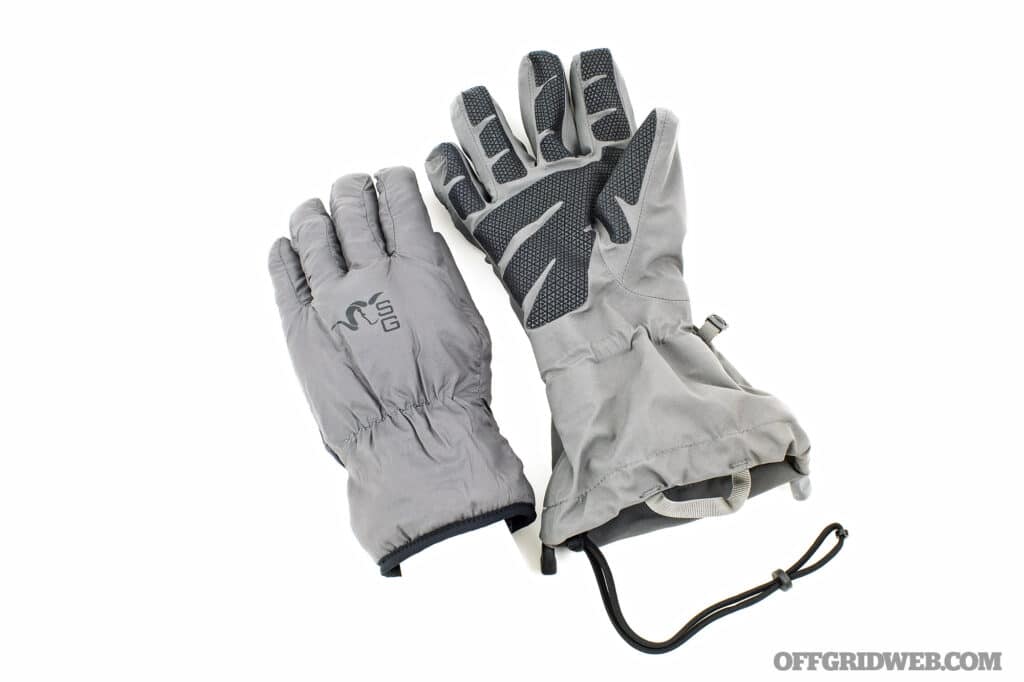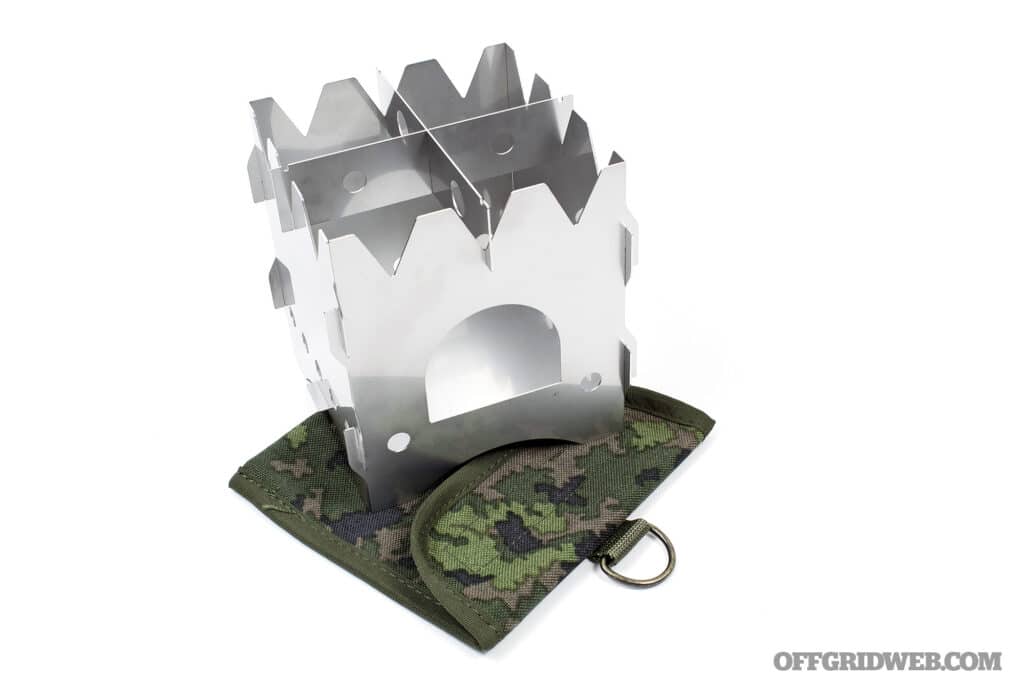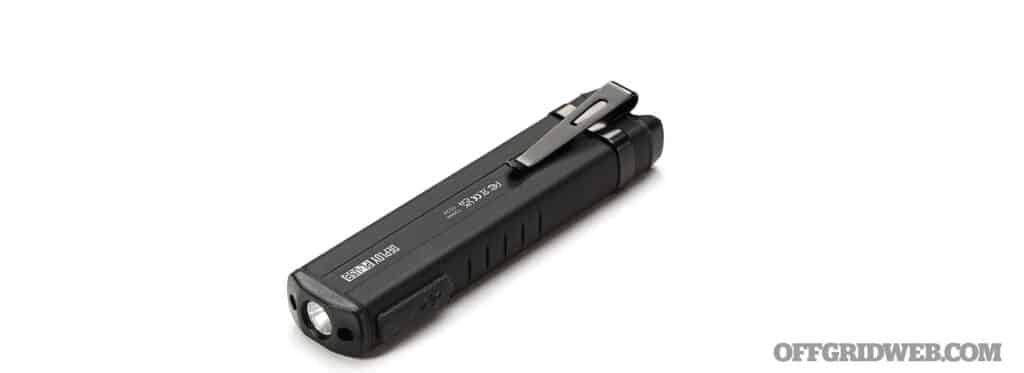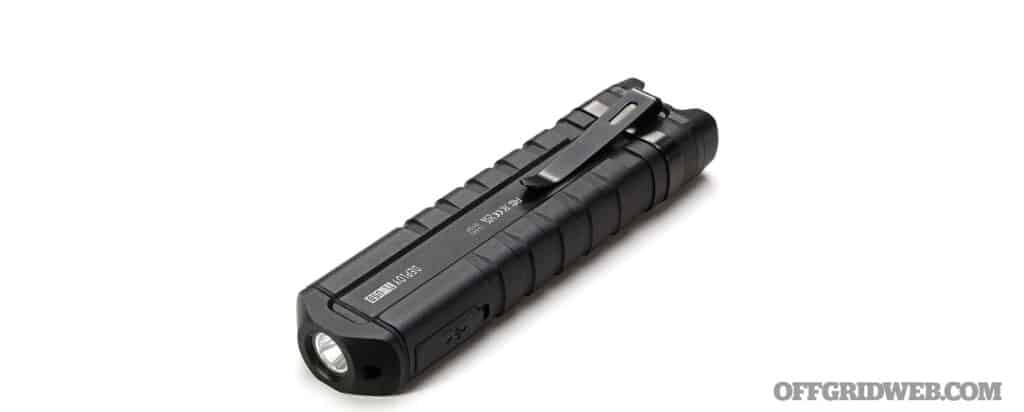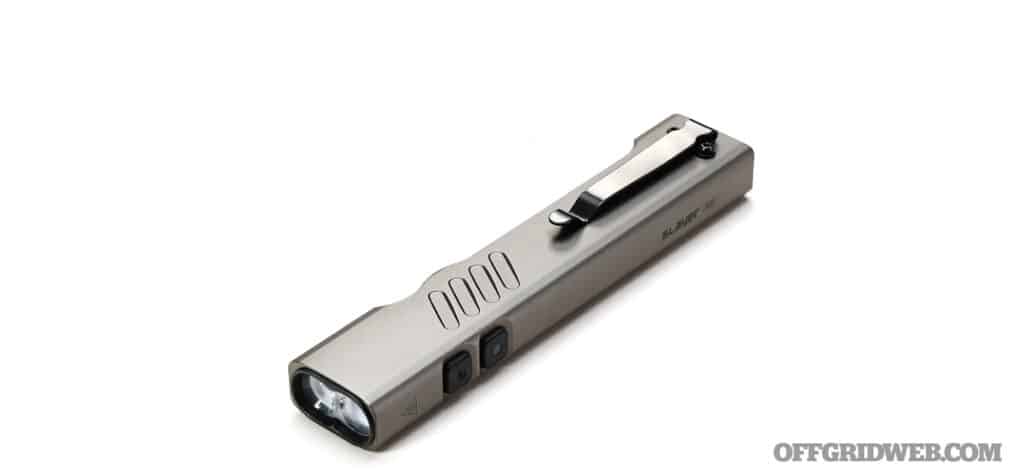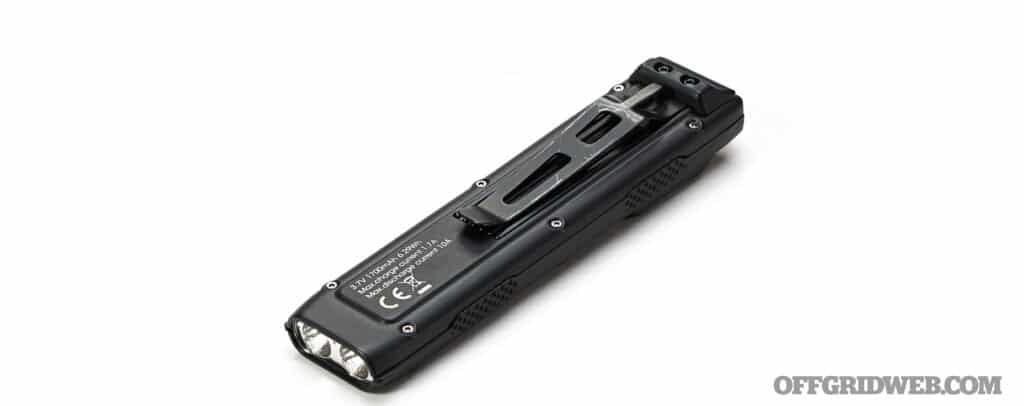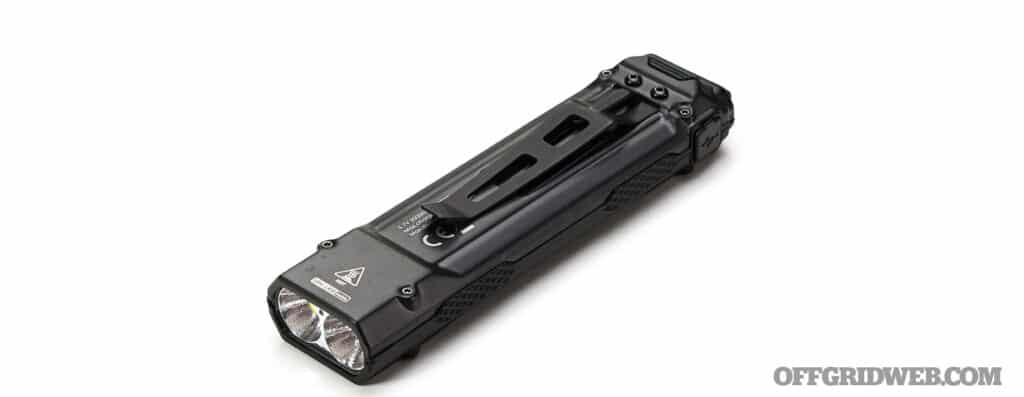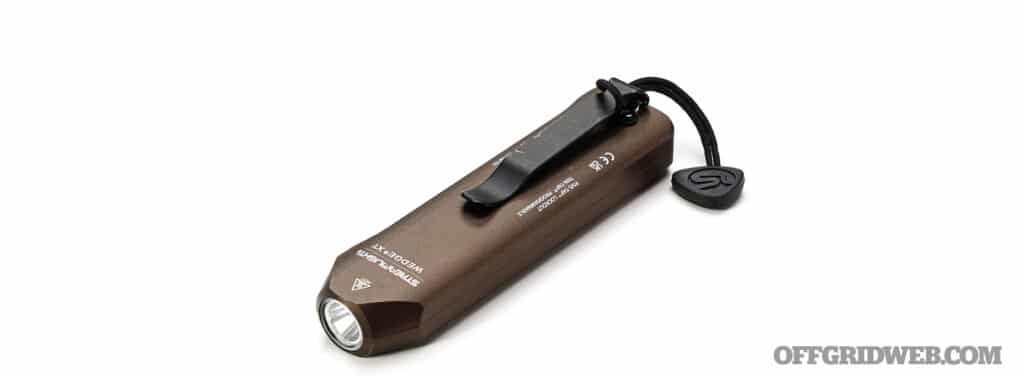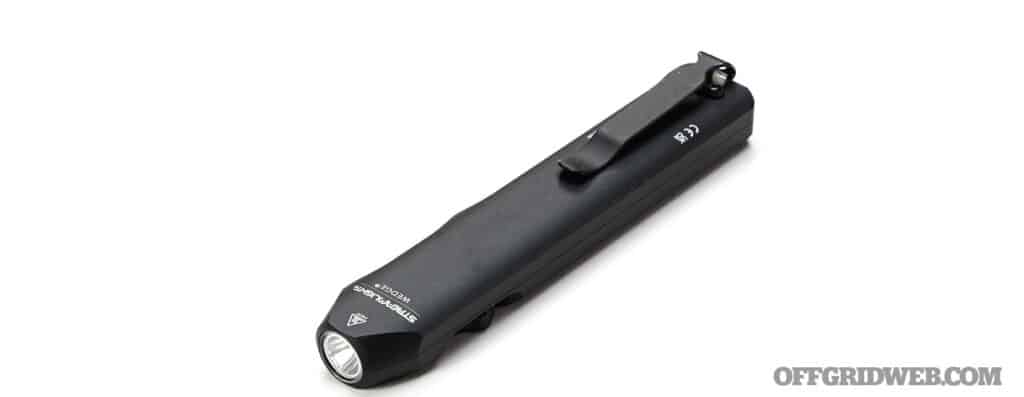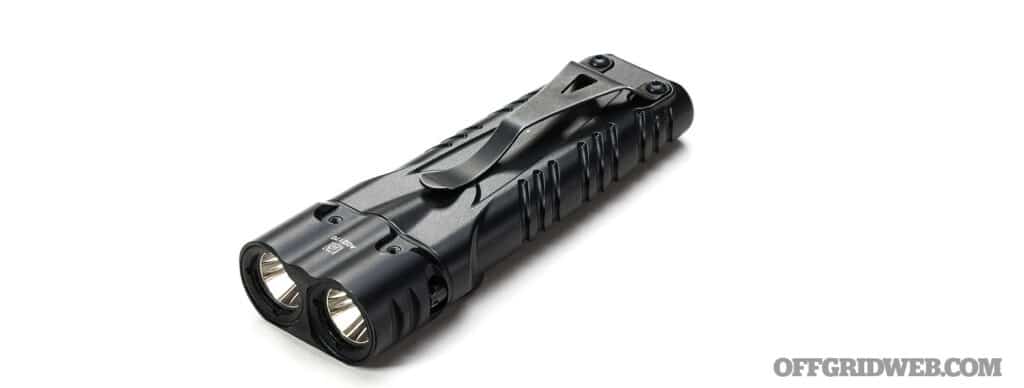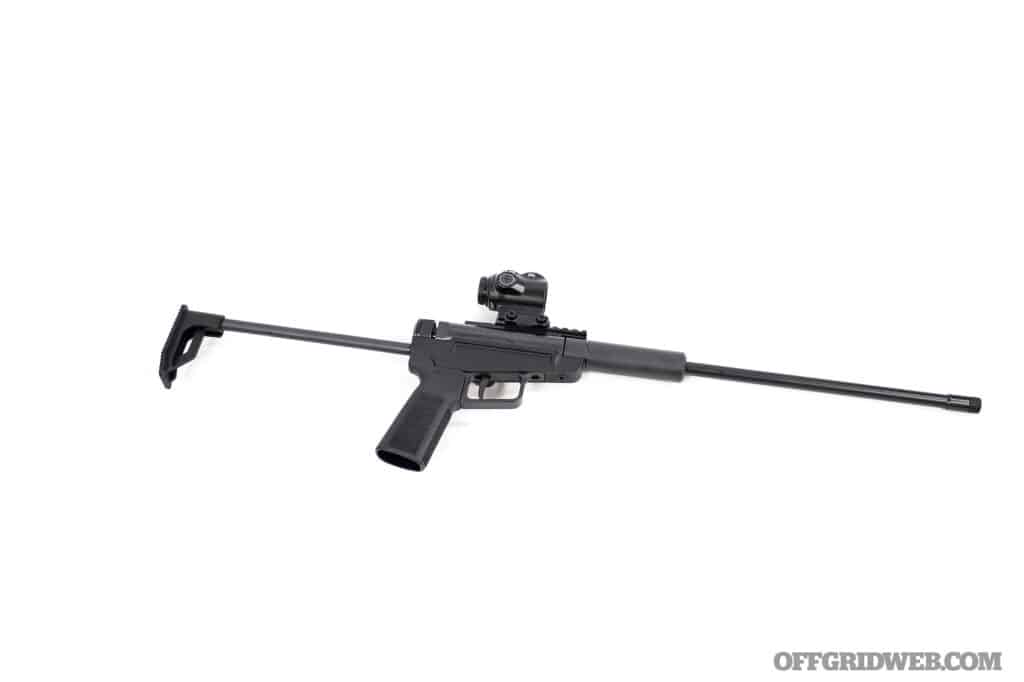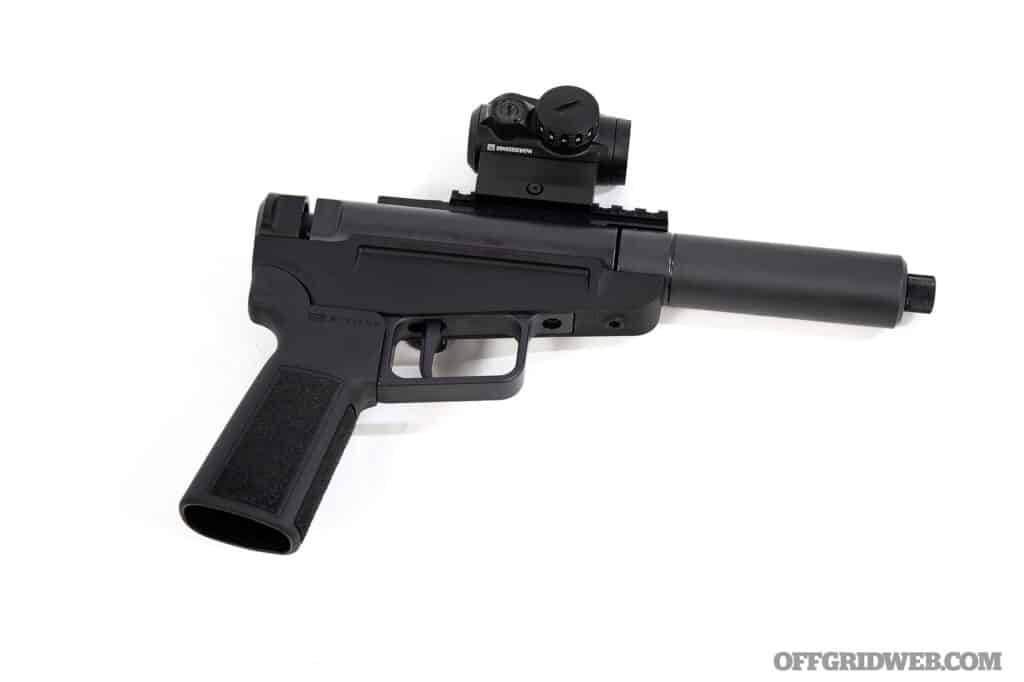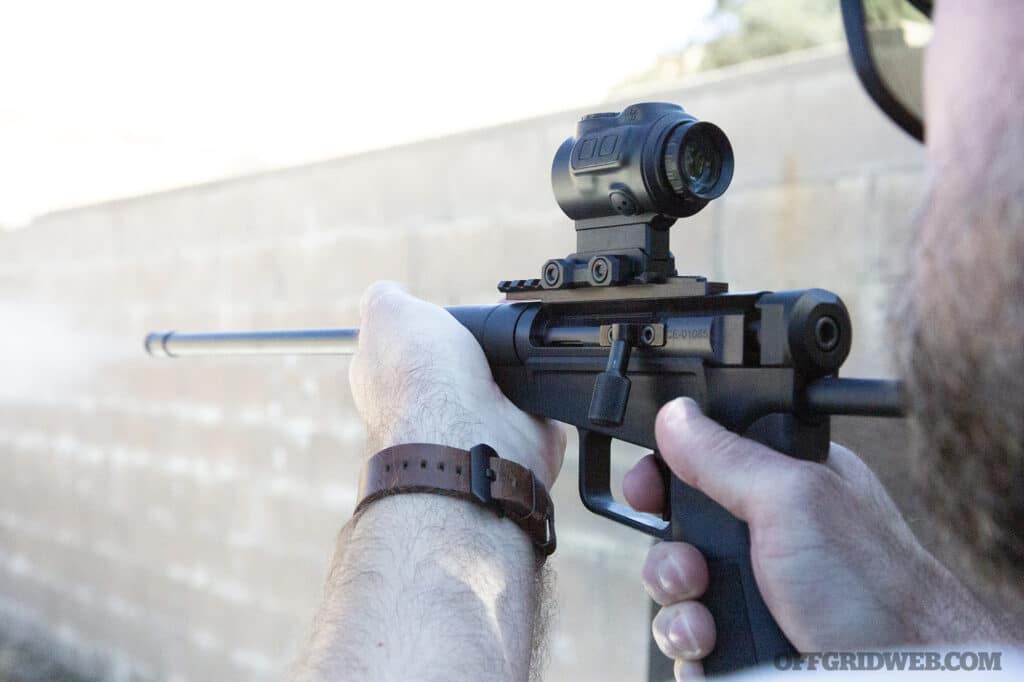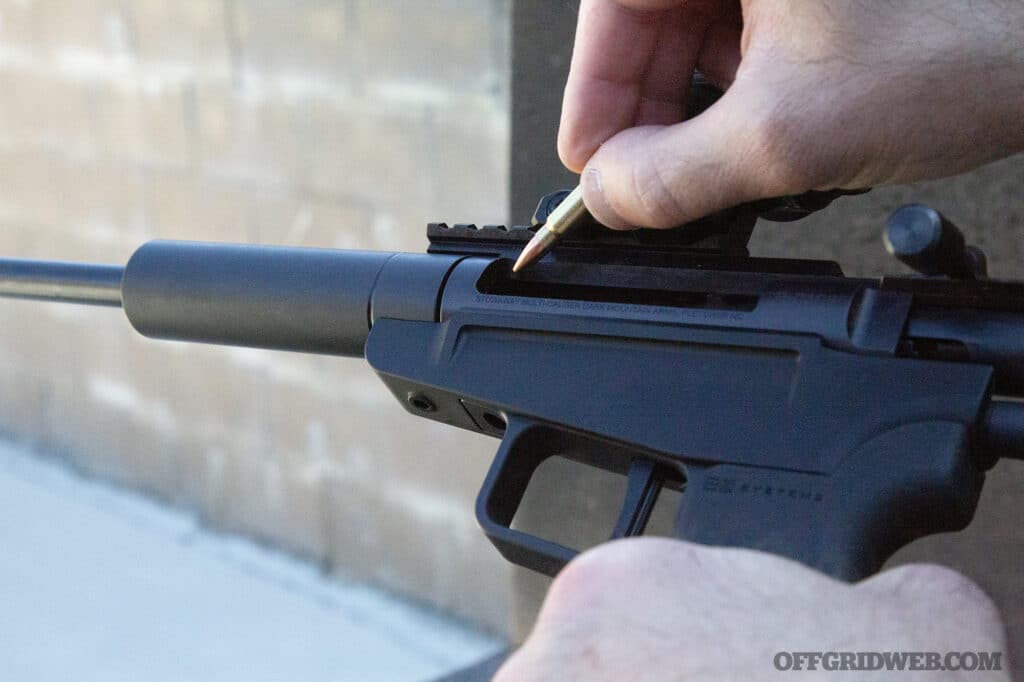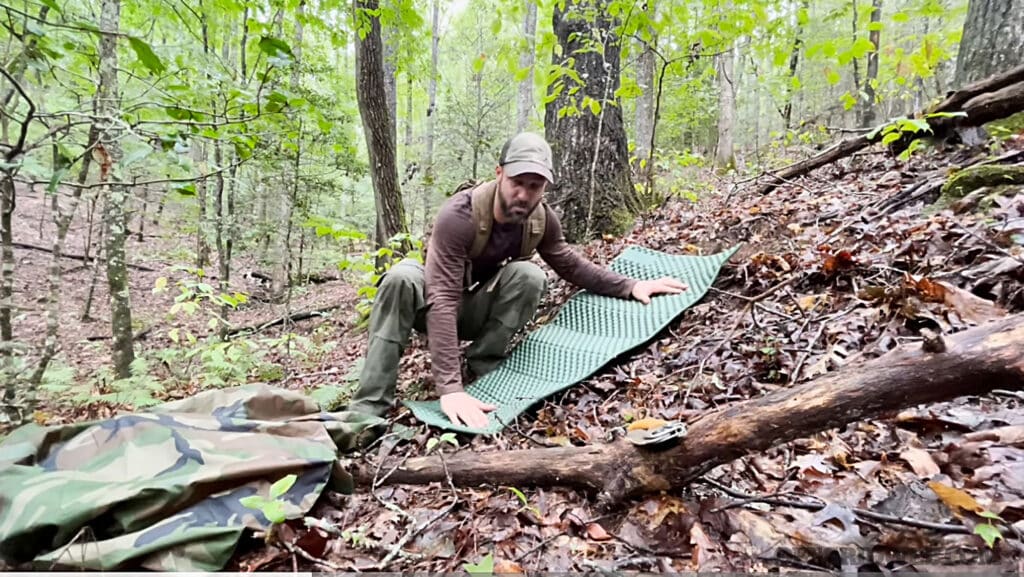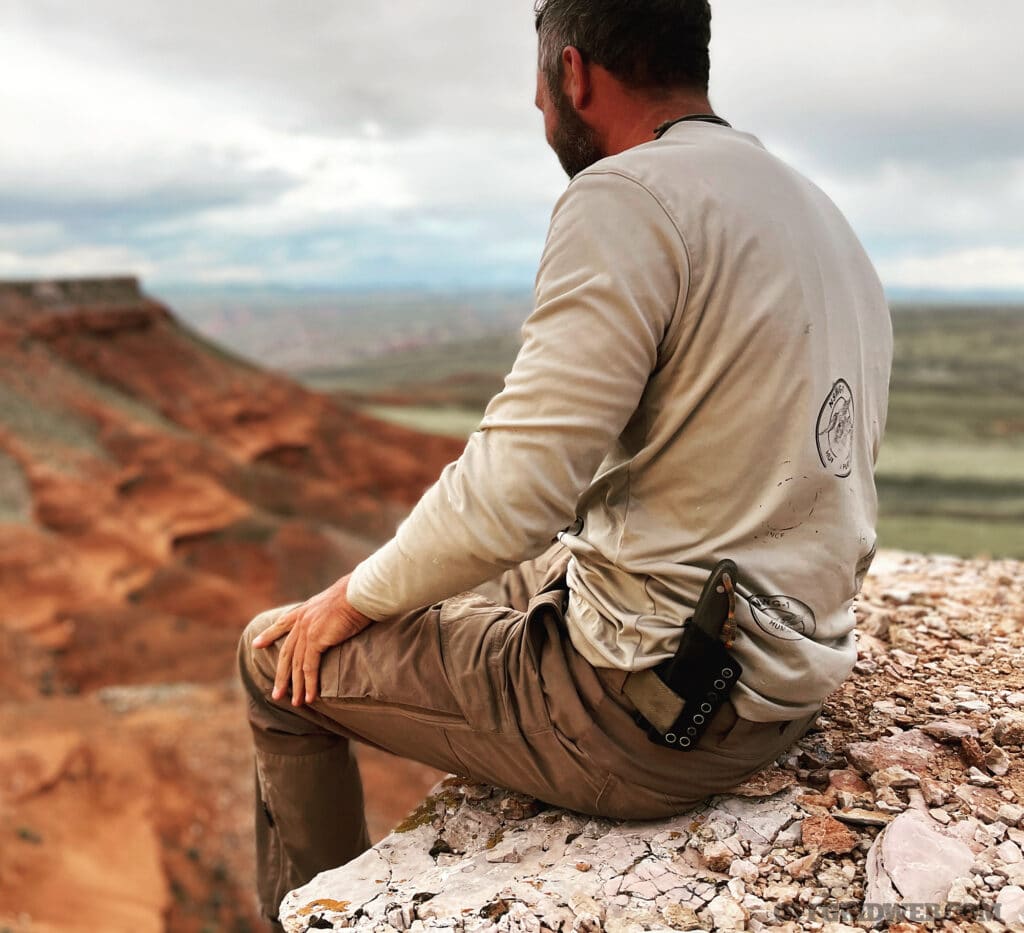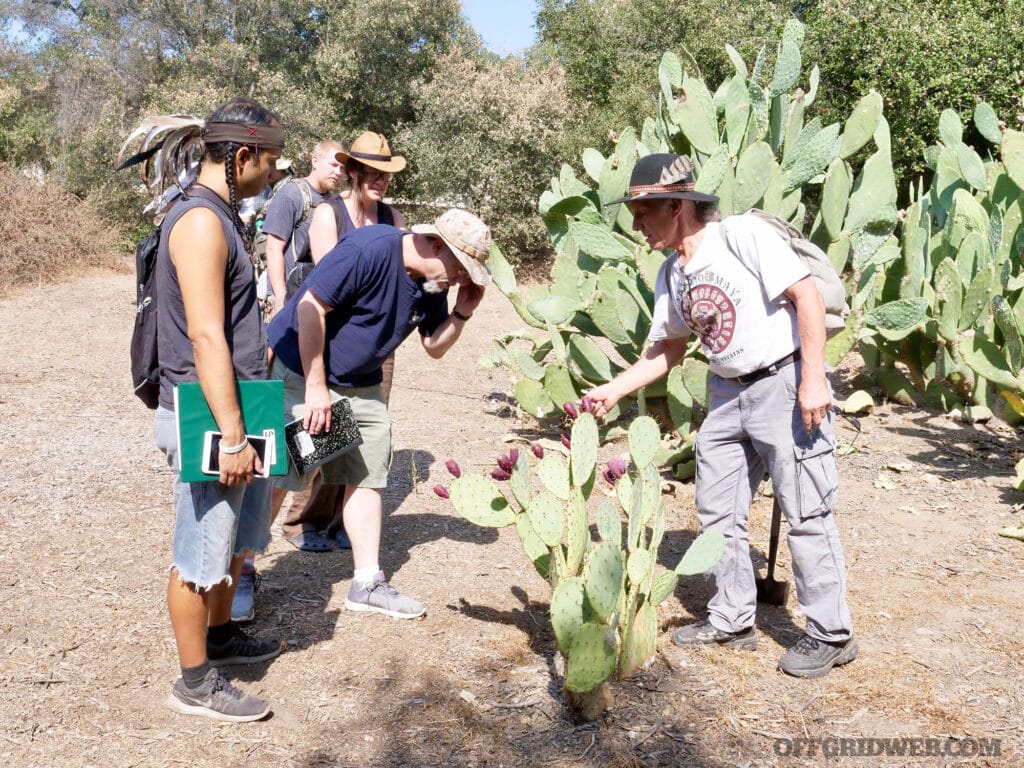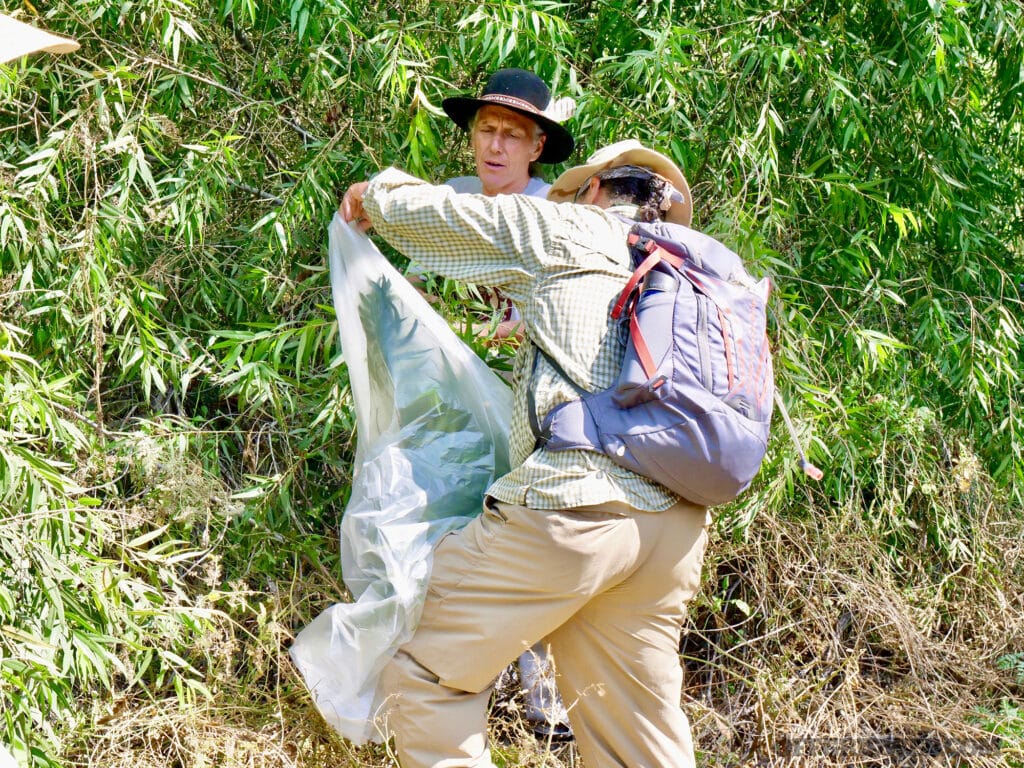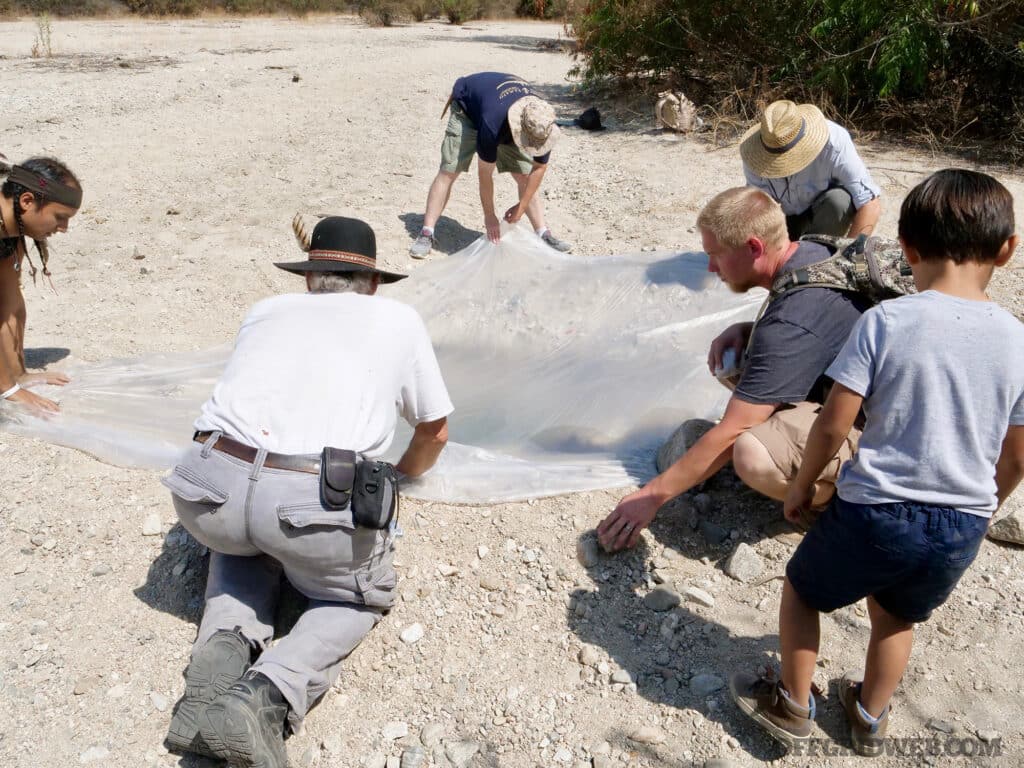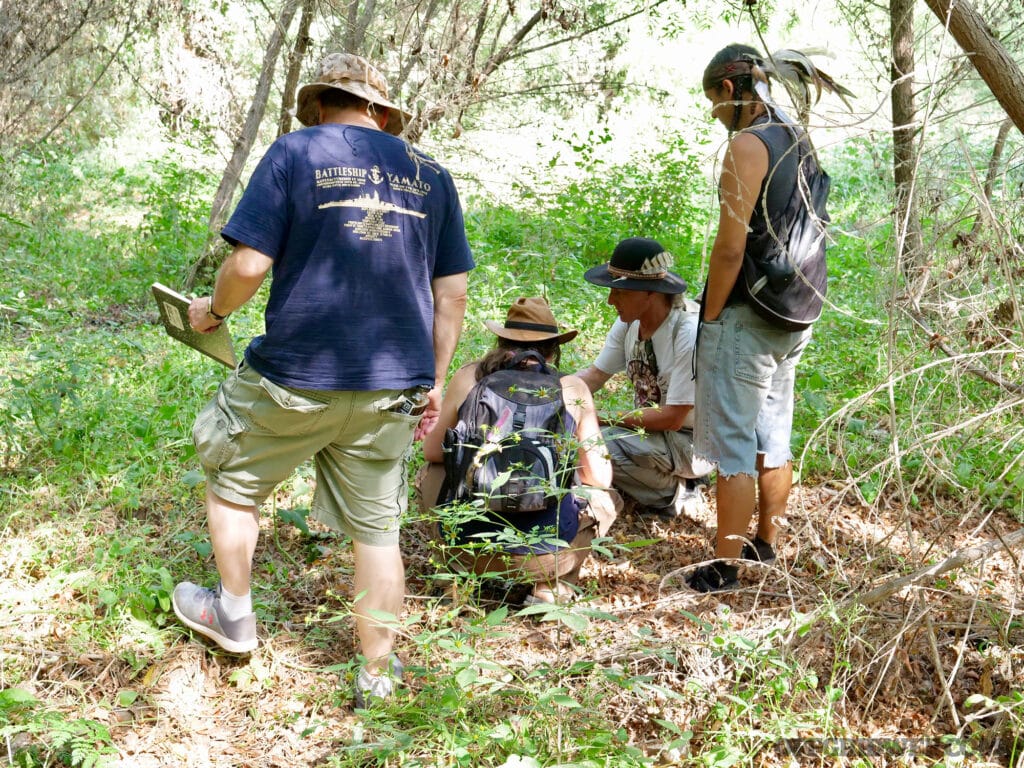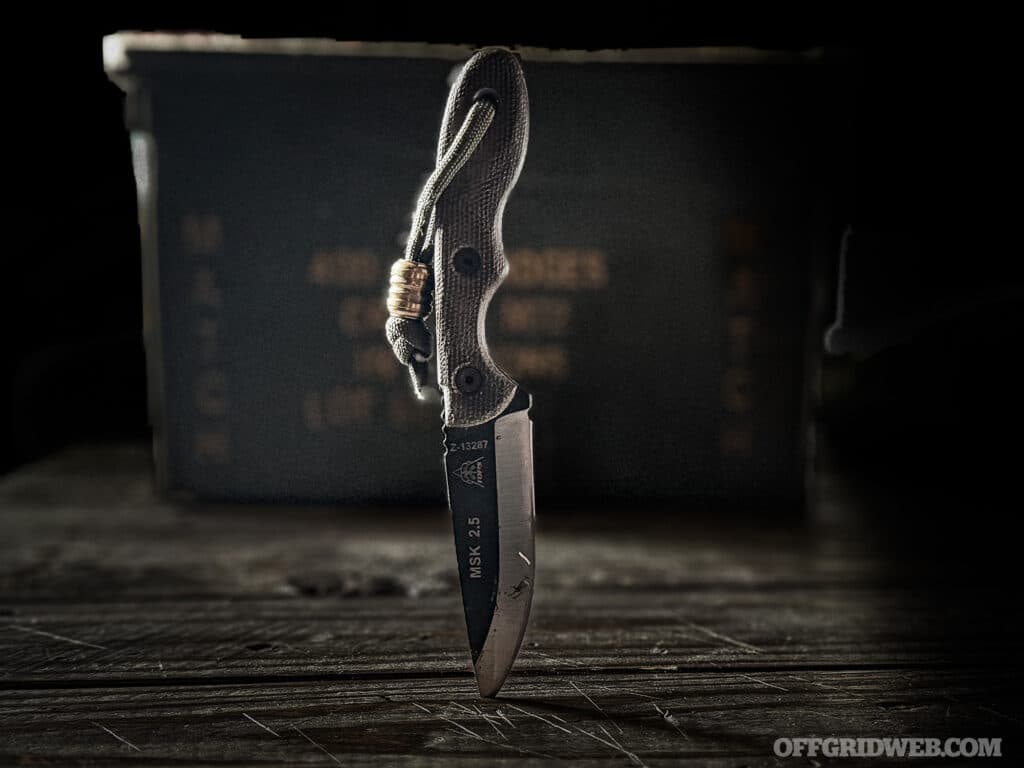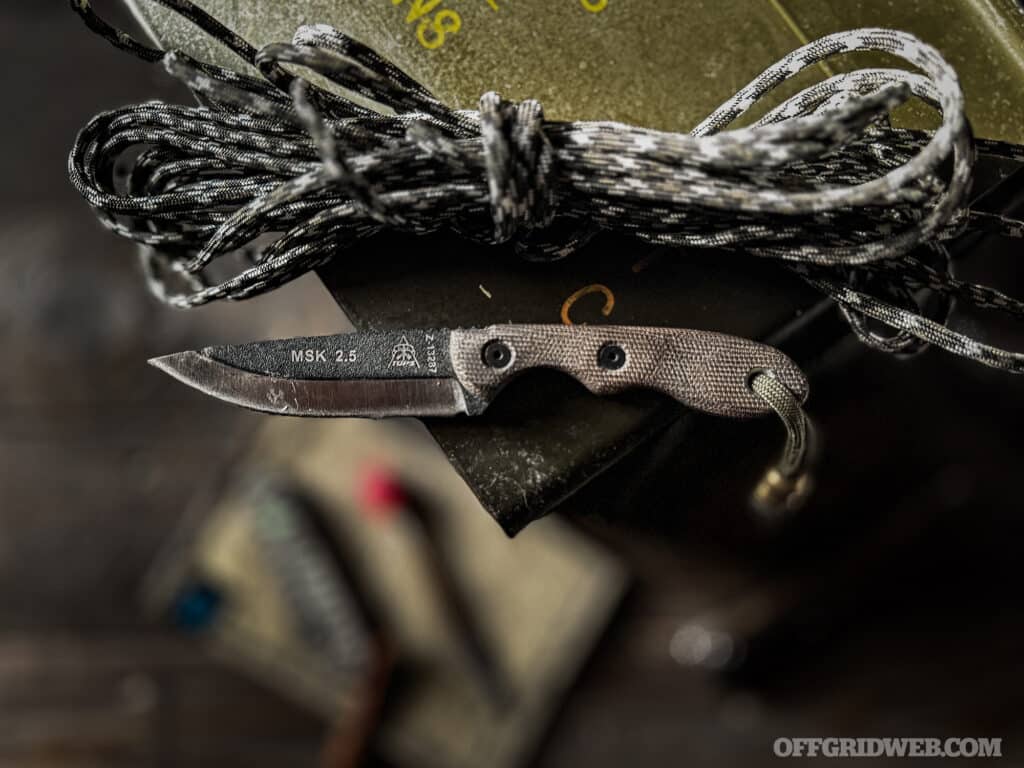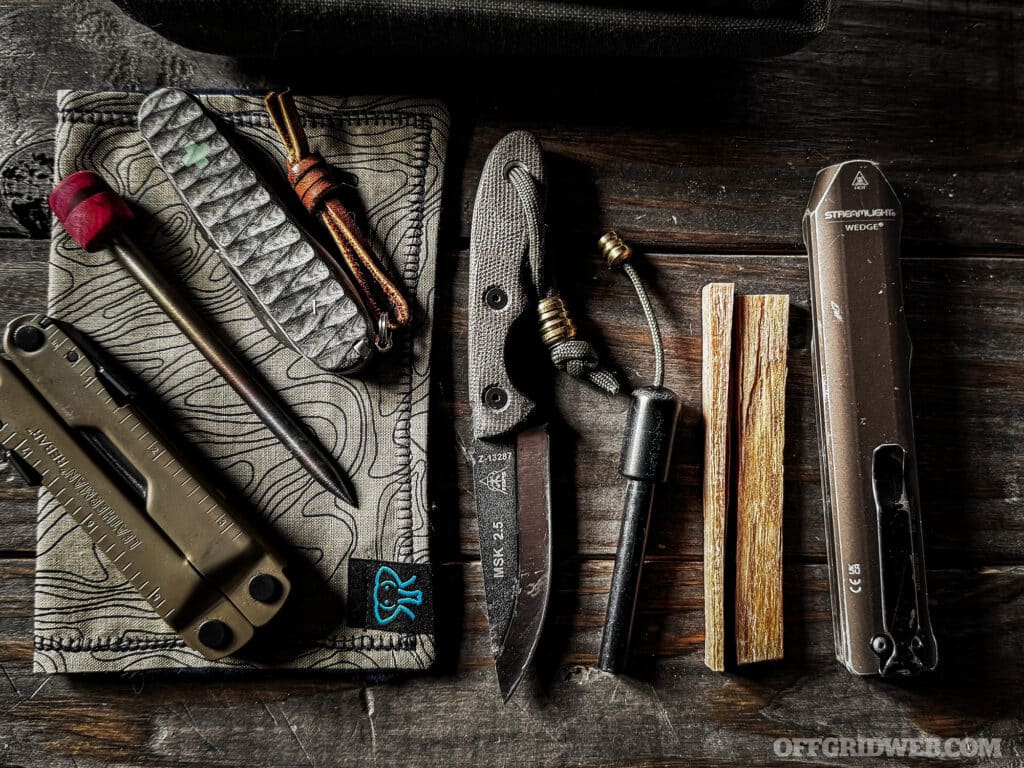In This Article
- Winter Car Emergency Kit: Communications
- Winter Car Emergency Kit: Warmth
- Winter Car Emergency Kit: Food and Water
- Winter Car Emergency Kit: Tools
- Winter Survival: Extreme Situations
- Winter Survival: Big Mistakes to Avoid
- Winter Survival: Safety Precautions
- Hot Rocks: A Flameless Way to Stay Warm
- Conclusion
- Winter Car Emergency Kit Checklist
- About the Author
- Read More
Plowing headlong into a snow drift was not exactly what you had in mind when you set off in your car that evening. Nor were you expecting the blizzard that caused this unscheduled stop, since the forecast had only called for flurries. But Mother Nature had other plans that night, very different from the ones you had made. Her plans involved a whiteout and the fool who dared to drive in it. Hope you brought a winter car emergency kit with a good sleeping bag, and spent some time preparing your vehicle for cold weather — you’re facing a winter survival situation, spending a sub-freezing night in your car.
Your sweet new ride may have the works — seat warmers, HID lights, winter tires, and four-wheel drive at the push of a button. Fine capabilities, to be sure. But does it have the things onboard that are actually important?
With space-age advances in design, materials, and vehicle safety, driving in the winter doesn’t seem as intimidating as it once was. But that’s no reason to drive off into the storm, as if looking for trouble. Thousands of vehicles (both high-end and jalopy) expire on the side of road every winter. And what if it’s not engine trouble that leaves you stranded? What if the highway is just gridlocked from an accident, leaving you and hundreds of other motorists hopelessly stuck in the cold? Or perhaps you ran out of gas or had a tire blow out late at night on a remote frozen road. It’s not unthinkable either, to find yourself stranded in the middle of a sudden snowstorm or careening into a snowbank — whether you live in suburbia or far from it.
Winter can be a beautiful season, but don’t let the snowy wonderland fool you into complacency. The cold can kill, just as surely as weapons, and this means that you need a defense against it. Curious what you’ll need in your winter car emergency kit to win the cage match between you and the winter weather? Read on to find out more on what gear you’ll need and how to use it.
Winter Car Emergency Kit: Communications
This is the first type of gear that can get you out of a roadside winter survival situation. Since most people carry mobile phones these days, the only other thing you’d really need is a way to recharge it. A car charger or battery backup pack is essential for your winter car emergency kit and can keep your phone powered and allow you to call for assistance — providing that you have signal. Try sending a text message if calls won’t connect and consider a satellite phone for way-off-grid driving (see OFFGRID’s Spring 2014 issue for more on satellite phones).
For up close and personal forms of communication — like to other motorists — keep an assortment of road flares and reflective signs in the vehicle. Thirty-minute road flares can alert other drivers of your distress and have an added benefit of being able to start fires. Reflective signs are also handy, since flares last only so long. Get reflective signals that are large, free standing, and heavy, so that the wind or vehicles won’t blow them over.
Winter Car Emergency Kit: Warmth
If you can’t reach anyone on the phone, you may be on your own for a while. First and foremost, you’ll need items for warmth in a winter survival situation. Blankets, sleeping bags, parkas, and snow suits are all acceptable forms of insulation to have in your winter car emergency kit. Keep at least one item like this for each seat in your vehicle. This will provide shelter for each potential passenger and the driver. And stay in the car in the event of a breakdown in frigid conditions. Sure, you can run the engine periodically and use the heater to warm up. But this trick is not without its problems (see the “Big Mistakes to Avoid” sidebar elsewhere in this story), and should be done sparingly. The average vehicle is a surprisingly decent form of shelter, keeping out wind and precipitation. Still, it’ll make a cold tomb without warmth.
Winter Car Emergency Kit: Food and Water
Since dehydration can still happen in the cold, a supply of water should be part of your winter car emergency kit. It can also top off a leaking radiator. Most store-bought drinking water in plastic bottles are a fine choice, since they can freeze and expand without bursting.
You’ll also want calories to keep you warm and fill your hungry belly. A non-perishable food supply will deliver energy and a major morale boost. Select high-energy food (high fat content) and don’t pack items that will be difficult to eat if frozen. We’re a big fan of peanut butter and crackers for food stashes like this.
Winter Car Emergency Kit: Tools
If you’re the handy sort, or lucky enough to run into someone who is, you can use some basic vehicle tools and equipment to get you out of trouble. Consider the following items:
A heavy-gauge set of jumper cables can allow another car to jump your cold-crippled battery, providing you have another vehicle that’s running. Consider a “jump pack,” which is a portable battery-powered jump starter, if you often travel lonely roads.
Hand tools are also useful. A hammer, a socket set, some duct tape, and adjustable wrenches can be lifesavers when working on vehicles. Keep a few sizes and types of pliers, too — they’re handy if you must pull a nail from your tire, swap out your battery, or mend a malfunction. Don’t forget to bring a small shovel, which is useful for many tasks, i.e. digging out your tires if you’re stuck in snow.
A nylon recovery strap should be part of every winter car emergency kit. They can pull your vehicle out of a ditch, a snow bank, or a frozen swamp, should there be a sturdy vehicle to yank on the other end. Choose a thick and heavy strap that has no metal parts, just loops on the ends. This is important because a strap can break when towing, launching the metal hooks through windshields or at hapless bystanders. Prepare yourself for the specifics of vehicle recovery by asking an expert or researching techniques online.
Tire repair items can get you back on the road. Grab a can of “fix the flat” type tire mending spray, which can fill and seal small holes in a flat tire.
Add a tire plug kit for handling bigger repairs. The plug kit comes with glue, a few specialized tools, and some rubber/fiber strips, which can fill big holes in your tire’s tread. If you’ve never plugged a tire before, it’s a good idea to practice on an old tire before you get a puncture and find yourself learning on the job at the side of a frozen road.
You’ll need some air to finish off the job. It’s a good idea to carry a small air compressor that plugs into a vehicle’s cigarette lighter or power port. Make sure the compressor you choose has the power to inflate your vehicle’s tires, as air capacity and pressure requirements for car and truck tires can vary greatly. And yes, we’ve had to use our compressors several times.
You’ll need a tire iron to break the lug nuts loose on each wheel and a jack to raise and lower the vehicle for tire changes or other repairs. A short section of pipe can slip over your tire iron to provide additional leverage. A gas siphon hose and a spare jug can be valuable, too.
A first-aid kit is a must for your winter car emergency kit. It’s not always the car that needs a repair — sometimes a passenger or driver needs to be patched up as well. A good first-aid kit serves many purposes, and gauze makes a great emergency fire starter.
Flashlights or headlamps, with spare batteries, should be standard equipment in any car. It gets dark under the hood when the battery is dead, and night is never too far away.
A spare tire was once included with almost every new car, but today, many cars are not sold with a spare at all — not even a dinky little emergency tire. Whether your vehicle came with a spare or not, get a full-sized spare tire for emergency replacement.
Small fire extinguishers can put out small fires in a vehicle, preventing greater damage and loss. But don’t try to play firefighter if you think that gasoline is involved. Get at least 50 yards away from a vehicle on fire, and stay away!
Winter Survival: Extreme Situations
It would be bad enough to be stranded in a blizzard, but things could always be worse. What if your car, your only source of shelter, caught fire? Or what if it slid off the road into water? If you’re lucky enough to escape, you’re now completely exposed to the elements, and you may even be soaking wet. Here are two scenarios where bad turns to worse, and how to deal with these Winter Survival dilemmas:
Vehicle Fires
Due to the electricity and flammable fluids pumping through your vehicle, it’s possible that a vehicle fire could be the cause of your roadside winter survival situation. These fires can accompany car crashes, or they can happen spontaneously. On the upside, a “car-be-que” is a phenomenal signal for help. On the downside, you’ve probably lost most of your survival gear and definitely lost your shelter.
If your vehicle catches fire, on its own or due to a collision, get away from it as quickly as you can. The automobile won’t explode as TV and movies suggest, but with the burning plastic, fuel, and oil, the heat can be intense and the fumes toxic.
Submerged Vehicles
One of the most nightmarish vehicle scenarios is when your car gets submerged in water — with you in it! Your beloved car can become your watery grave if you slide off the road into a pond, river, or lake. You have only seconds to react, so it’s critical that you don’t panic and get out fast. This situation is bad enough, even if you escape the vehicle you will be facing a serious winter survival situation. Being soaking wet and frigid temperatures can quickly lead to hypothermia.
Winter Survival: Big Mistakes to Avoid
There are some dangerous things that stranded motorists do. Sometimes, the hazards aren’t always that obvious. Consider avoiding these potentially dangerous mistakes:
Leaving Your Engine On
If you’re stuck in your vehicle in subzero temperatures, your first instinct might be to turn on the engine to run the heater. But if the exhaust pipe is partially blocked, the tradeoff for warmth could come at a disastrous price. Snow, mud, or water can create a blockage on the exhaust system, causing deadly carbon monoxide (CO) to flood the vehicle cabin. Because it’s colorless, odorless, and tasteless, CO can build up undetected and could knock you out and eventually kill you. If you must, turn on your engine sparingly and only for brief periods of time.
Leaving Your Car Covered
In a blizzard, snow and sleet can fall fast and furiously. If you don’t work to keep your car clear, it can be blanketed in the white stuff in no time. In this survival situation, camouflaging can mean death. You have to stay visible so rescuers or passersby can spot you quickly. And the last thing you need is to have a snowplow crash into you because they thought that your pile of powder was just another snowdrift. Keep the hood and windows cleared so that you can see out and good Samaritans can see in. Hang up something colorful above the vehicle, such as a red handkerchief from your antenna. If your car is a late-model sedan and doesn’t have an external antenna, snap off a tree branch, plant it into the snow near your car, and tie the handkerchief to the top of it.
Leaving Your Vehicle
Even if it’s not a complete whiteout, cold weather can still take a massive toll on your body in a short amount of time. Leaving your car to find help without the right gear or a clear plan could actually do much more harm than good. Don’t turn into a human popsicle. Stay in your vehicle, unless it’s to remove mounting snow from your windows and hood or it’s clear that help or a passing motorist is nearby.
Unfasten your seatbelt (after the vehicle has impacted the water). Make sure any passengers have done the same. Roll down only one window, preferably before the car sinks. (Because there’s no guarantee your window will work after you’ve hit the water, you should consider having a window-breaking device on your everyday-carry knife or someplace easily accessible in your car.) Note that once the car has begun to sink, you will not be able to open any doors until it completely fills with water, due to the difference in pressure inside and outside the car. Take in a deep breath and climb out. Make sure everyone is out, and swim to dry land. Try to get help immediately, as wet clothing will lead to hypothermia in minutes during colder weather.
Winter Survival: Safety Precautions
There are no guarantees you’ll make it through all the winter survival emergencies that might happen when you’re driving, but there are a few things that will help improve your odds and increase your comfort. Always consider the following:
- Wear a seatbelt
- Drive the speed limit on dry roads, way under the limit in inclement weather
- Drive a vehicle with the highest safety ratings you can afford
- Eliminate loose objects in the vehicle cabin, lest they become dangerous projectiles in a crash
- Like a bug-out bag, stock up your car for winter (or Armageddon, whichever comes first)
- Bring a small bucket with a tight-fitting lid and a roll of toilet paper…you’ll be glad you did after your first bathroom break
Hot Rocks: A Flameless Way to Stay Warm
Generally speaking, fire inside a vehicle is a bad thing. Even if it’s just a candle flame, it gobbles up oxygen and could light your blanket and clothing on fire. There's also the risk of carbon monoxide poisoning in an enclosed space. If you find yourself in need of warmth and fire is your only means, you can use an ancient survival technique that has many applications in the modern world: hot rocks.
If you can get a fire going outside of the vehicle, collect a few rocks from a dry location (don’t use rocks pulled out of water — they could explode when the steam inside builds). Leave the rocks in the fire for a few minutes, and in the meantime pull up the carpet from one spot on the vehicle’s floor, exposing bare metal. Use sticks or your shovel to scoop up the rocks after 15 or 20 minutes of heating and place them on the bare floor in the car. Keep bedding and fabrics away from the rocks, and bask in their warm radiance. Repeat as needed.
Conclusion
An ounce of prevention and a pound of stay-the-hell home make a great recipe for winter survival when driving conditions are poor. But if you must go out (be it for your livelihood or to flee a whole other disaster), make sure the vehicle is well stocked with a winter car emergency kit that contains tools, backups, and supplies. Actively consider what you would need to live out of that vehicle, and how you would do it. Throw some extra food in there and some sanity-savers, such as classic novels you’ve always wanted to read, a notepad to write journal entries, or a deck of cards to pass the time.
Most important of all, carry an abundance of cold-weather sleeping bags, blankets, and arctic-approved outerwear. And finally, stay with the vehicle. It’s both your shelter and your signal for help.
Winter Car Emergency Kit Checklist
Device Charging
- Power Bank
- Car Charger
Emergency Signaling
- Flares
- Reflective Signs
Warmth and Insulation
- Blankets
- Sleeping Bags
- Change of Clothes
- Backup Winter Foot Wear
Nutrition
- Water Bottles
- Protein Bars
- Non-Perishable Food
Tools
- Jump Starter
- Hand Tools
- Recovery Straps
- Tire Plug Kit
- Tire Iron
- Jack
- Air Compressor
First Aid
- Basic First Aid Kit
- Bleeding Control Items
Lighting
- Flashlight
- Headlamp
- Lantern
- Batteries/Power Bank
Emergency Items
- Fire Extinguisher
- Glass Breaker
- Full Sized Spare Tire
About the Author
Tim MacWelch has been a survival instructor for the past 18 years and has trained everyone from civilians to all branches of the U.S. Armed Forces, the Department of Defense, Department of Justice, and the State Department. He is a public speaker on preparedness and the author of the survival books, Prepare for Anything and Hunting And Gathering Survival Manual. When he’s not teaching or writing about survival, MacWelch lives a self-reliant lifestyle with his family in Virginia.
For more, follow him on Twitter @timmacwelch or go to www.advancedsurvivaltraining.com.
This article originally appeared in Issue 6 of OFFGRID MAGAZINE.
Read More
Don’t miss essential survival insights—sign up for Recoil Offgrid's free newsletter today!
- Infographic: Choosing Tires for Your Bug-Out Vehicle
- Go Bag: Building a Winter Survival Kit with BCO Discovery M1
- Hypothermia: Keeping Safe in Winter Weather
- DOT Tire Codes: How Old Are Your Tires?
- Your Guide to Tips and Tools for Flat Tire Repair
- Cold War Combatants: Essential Preps for Winter Driving
- Fix a Flat Tire
Check out our other publications on the web: Recoil | Gun Digest | Blade | RecoilTV | RECOILtv (YouTube)

